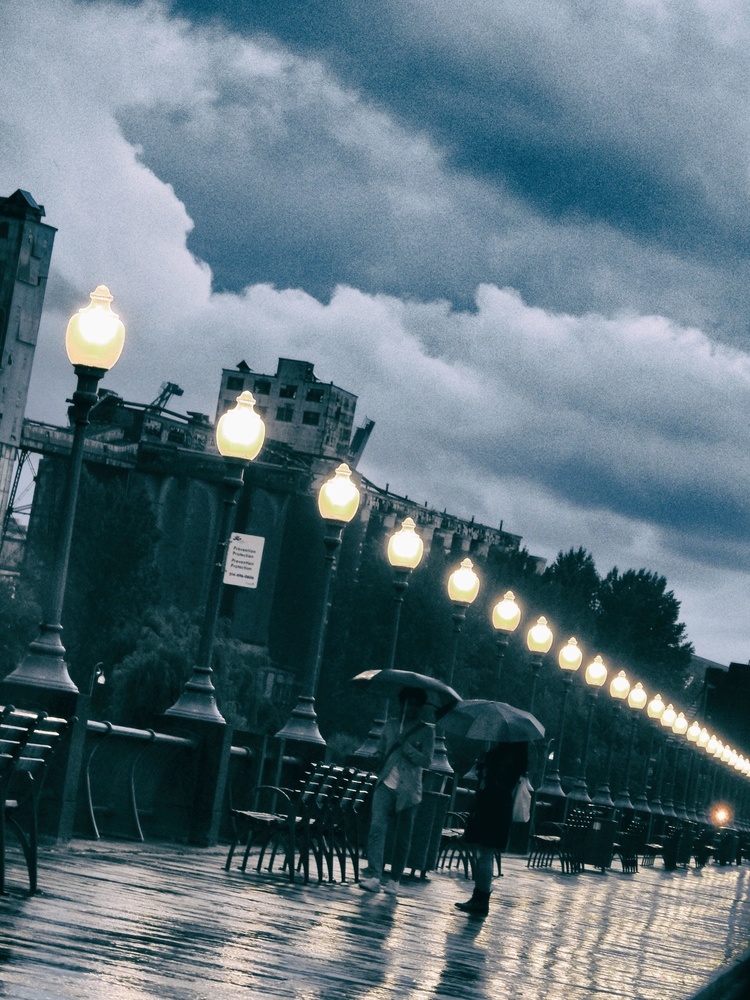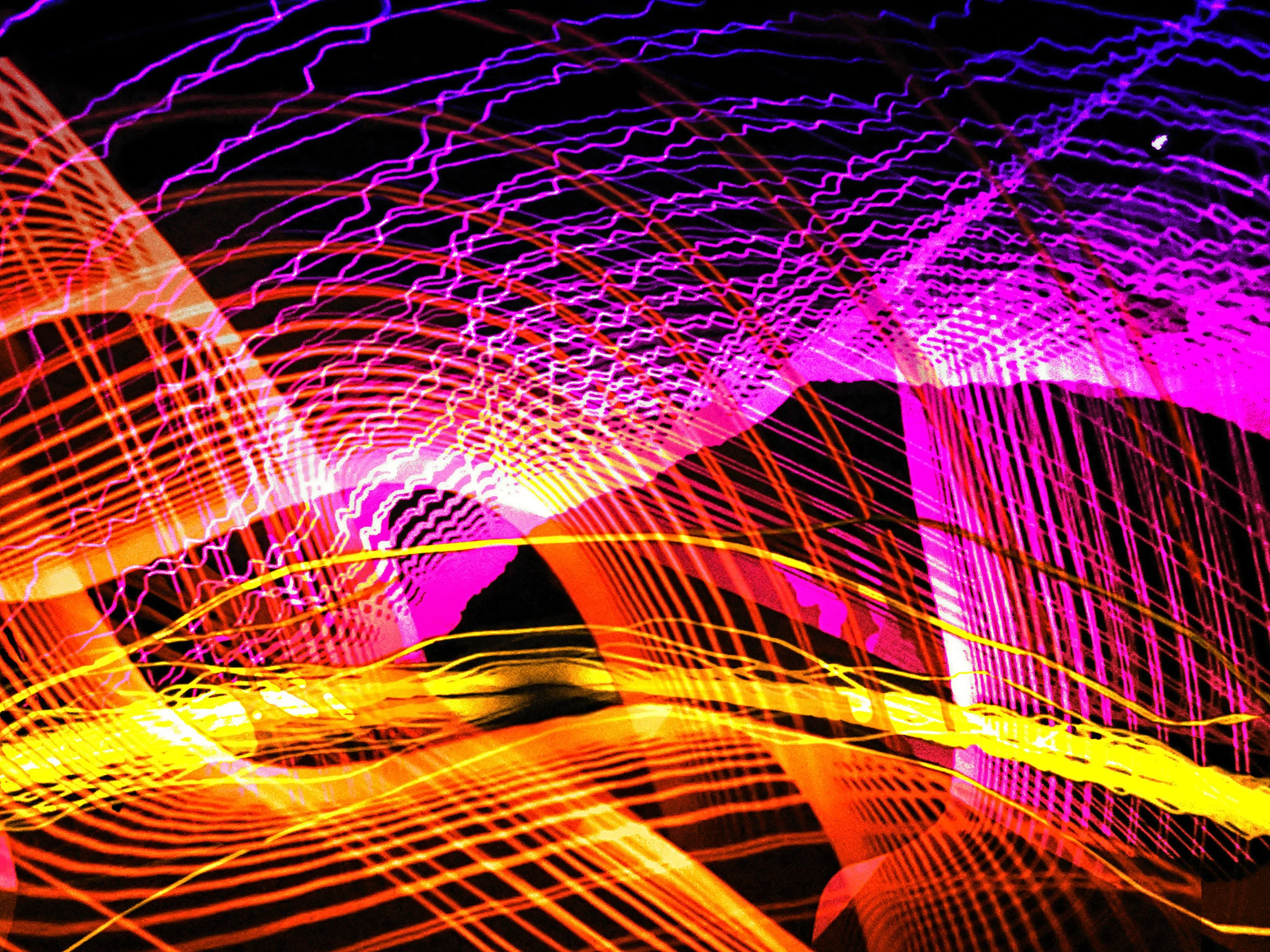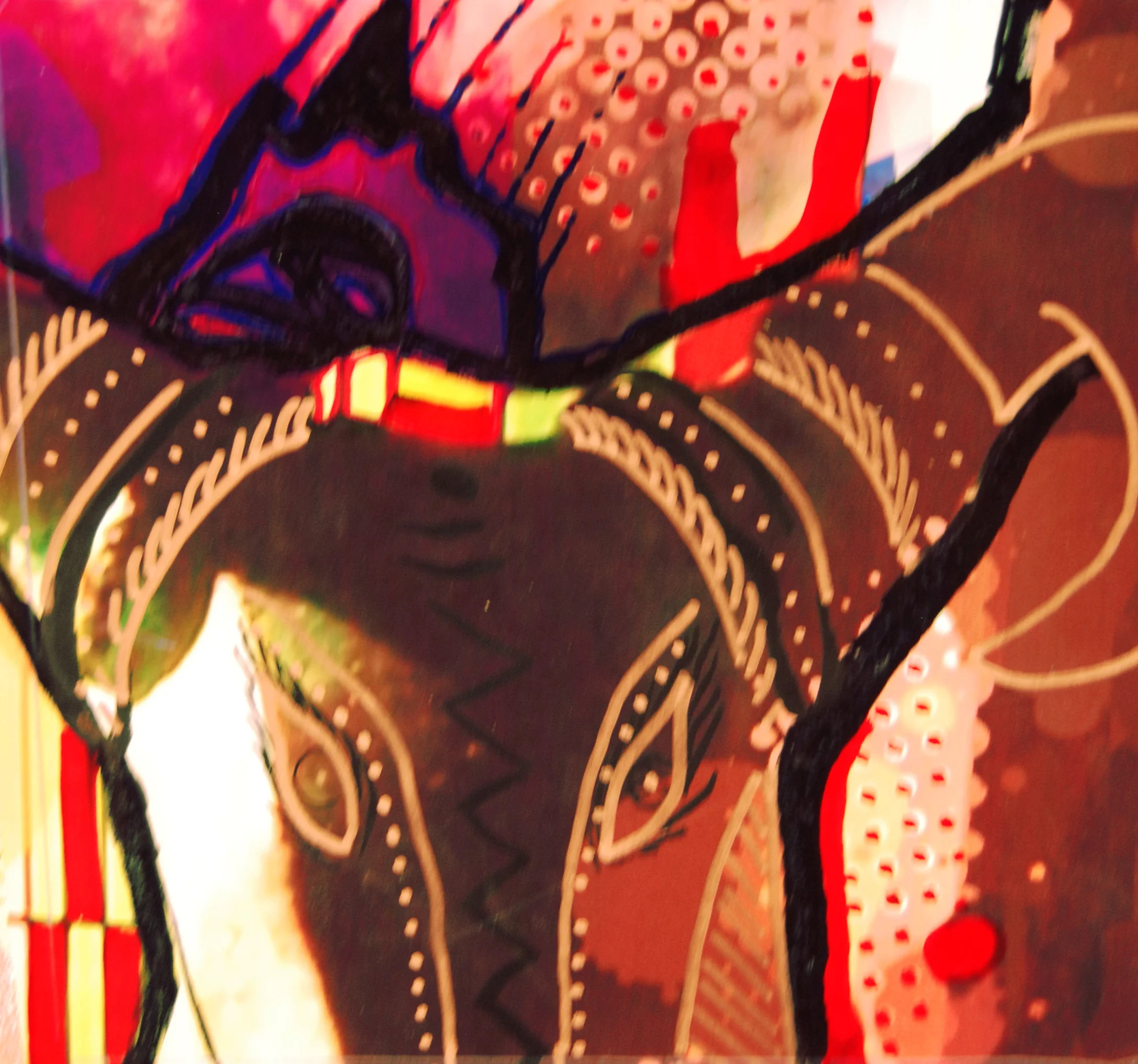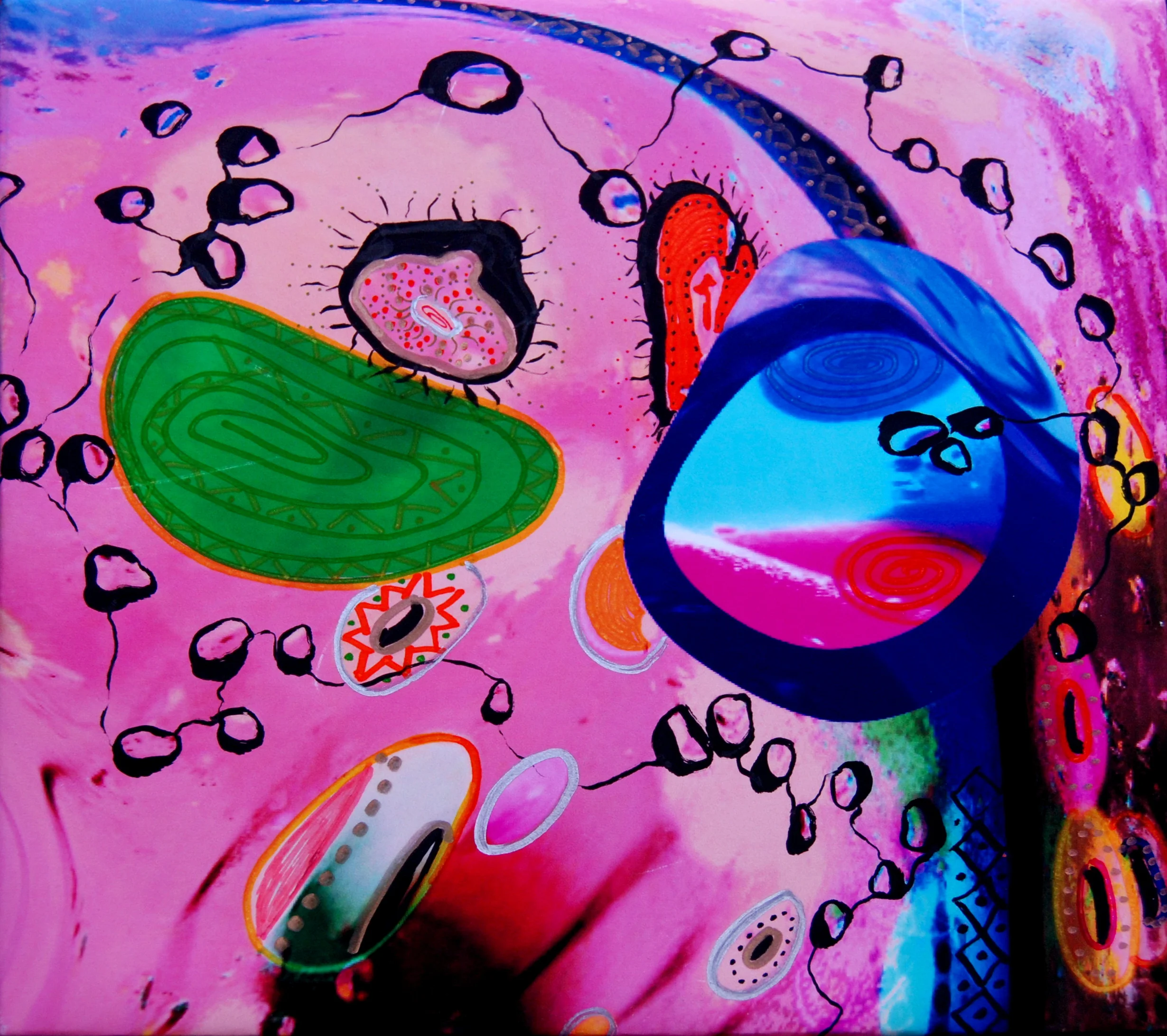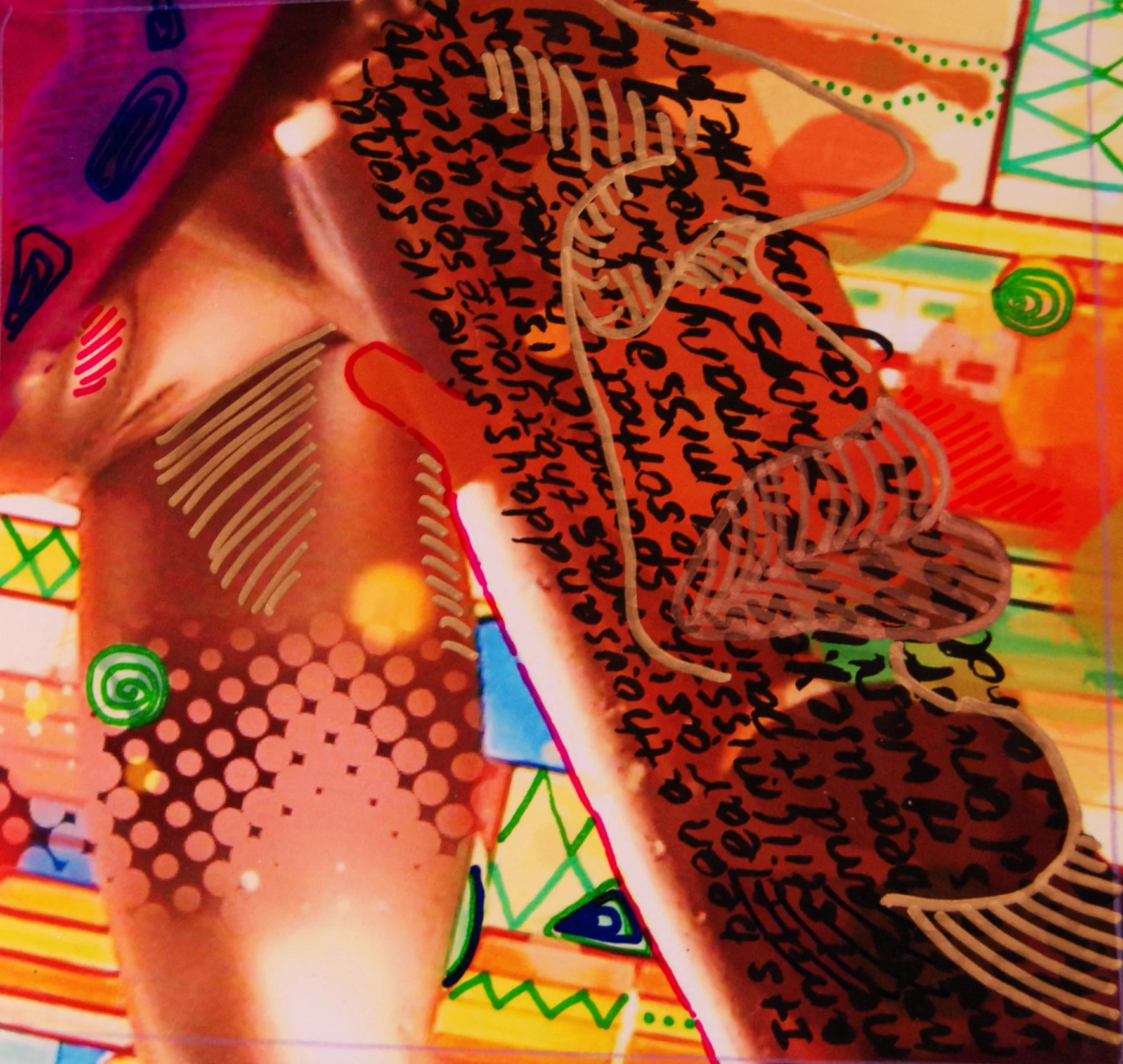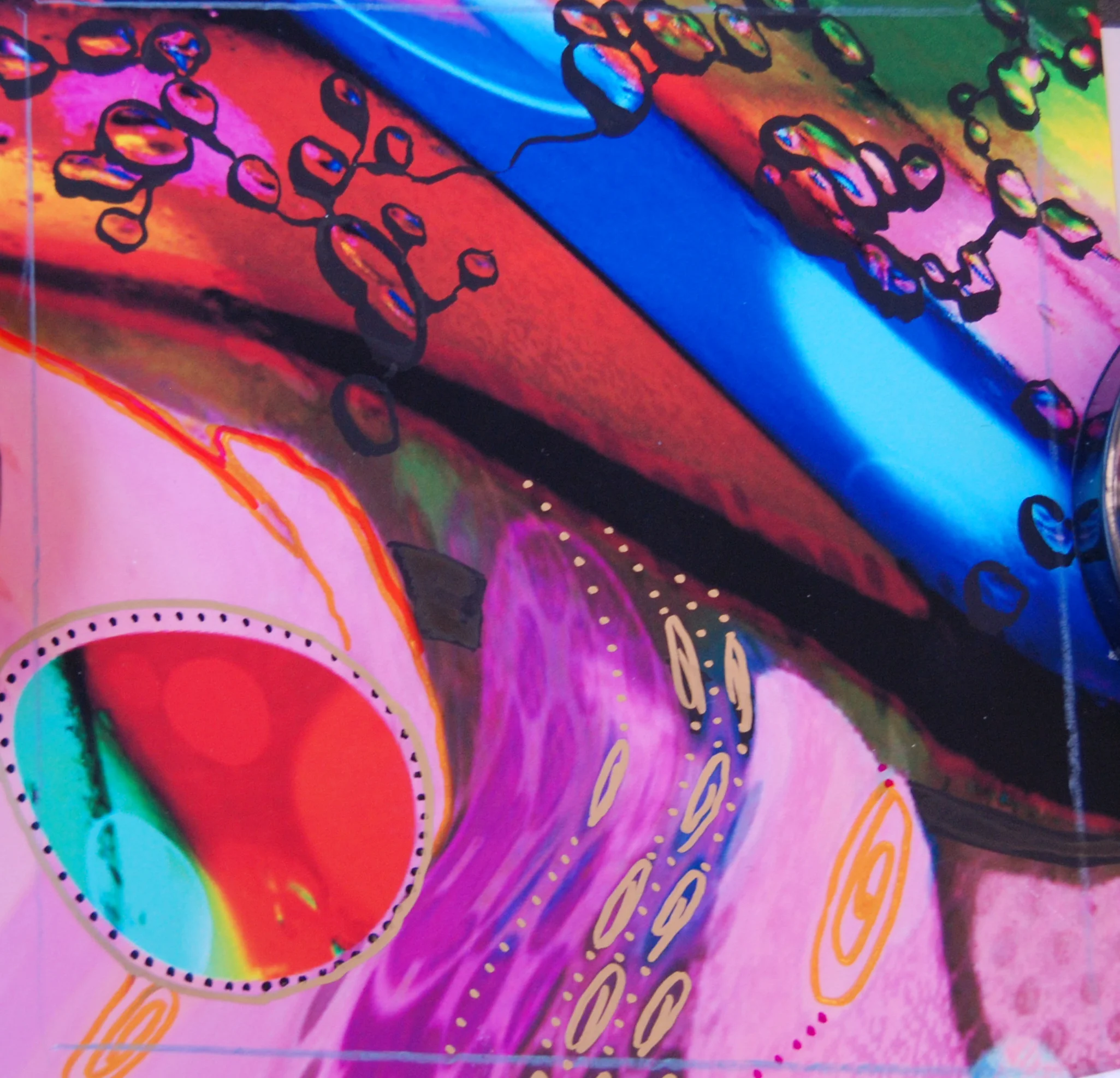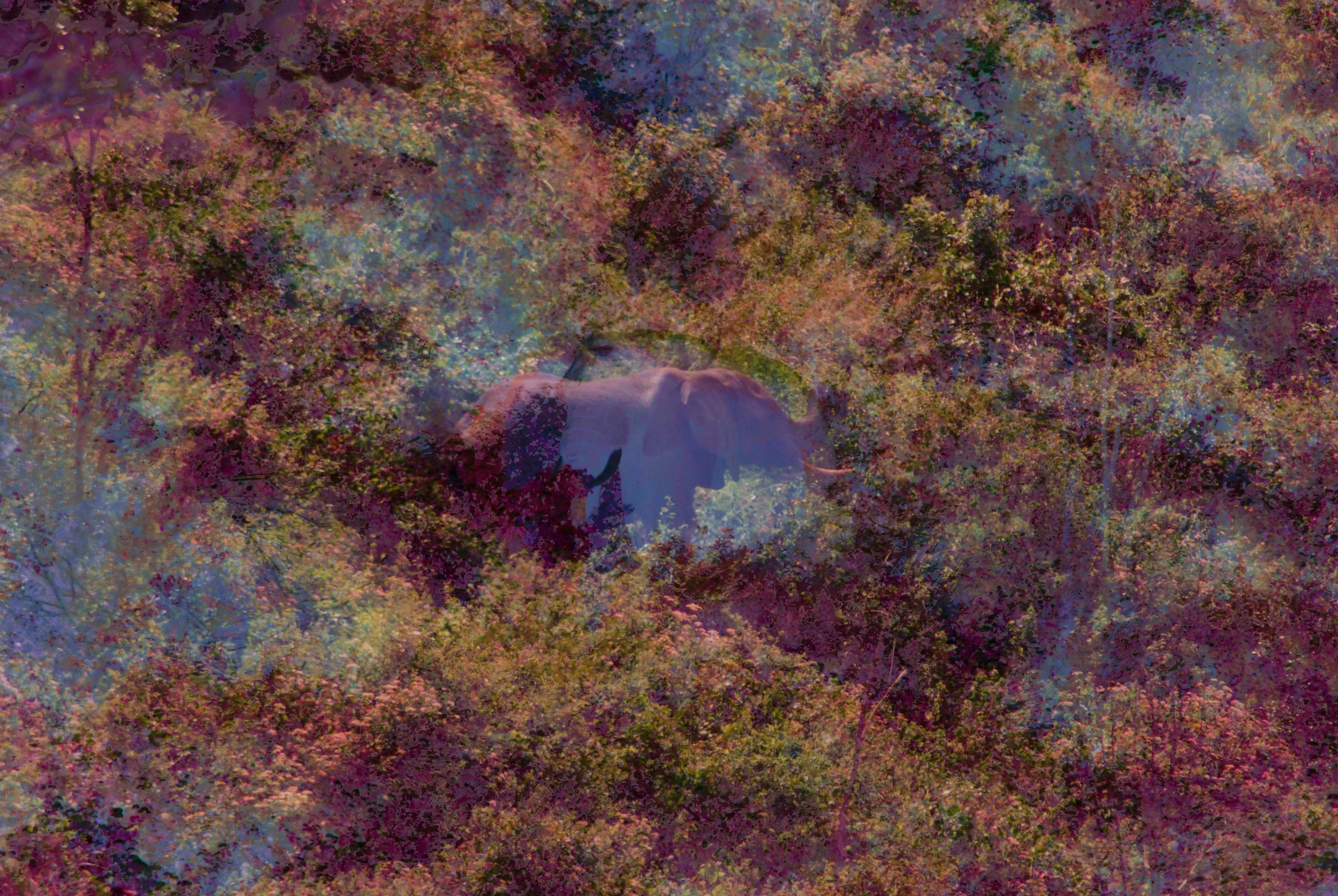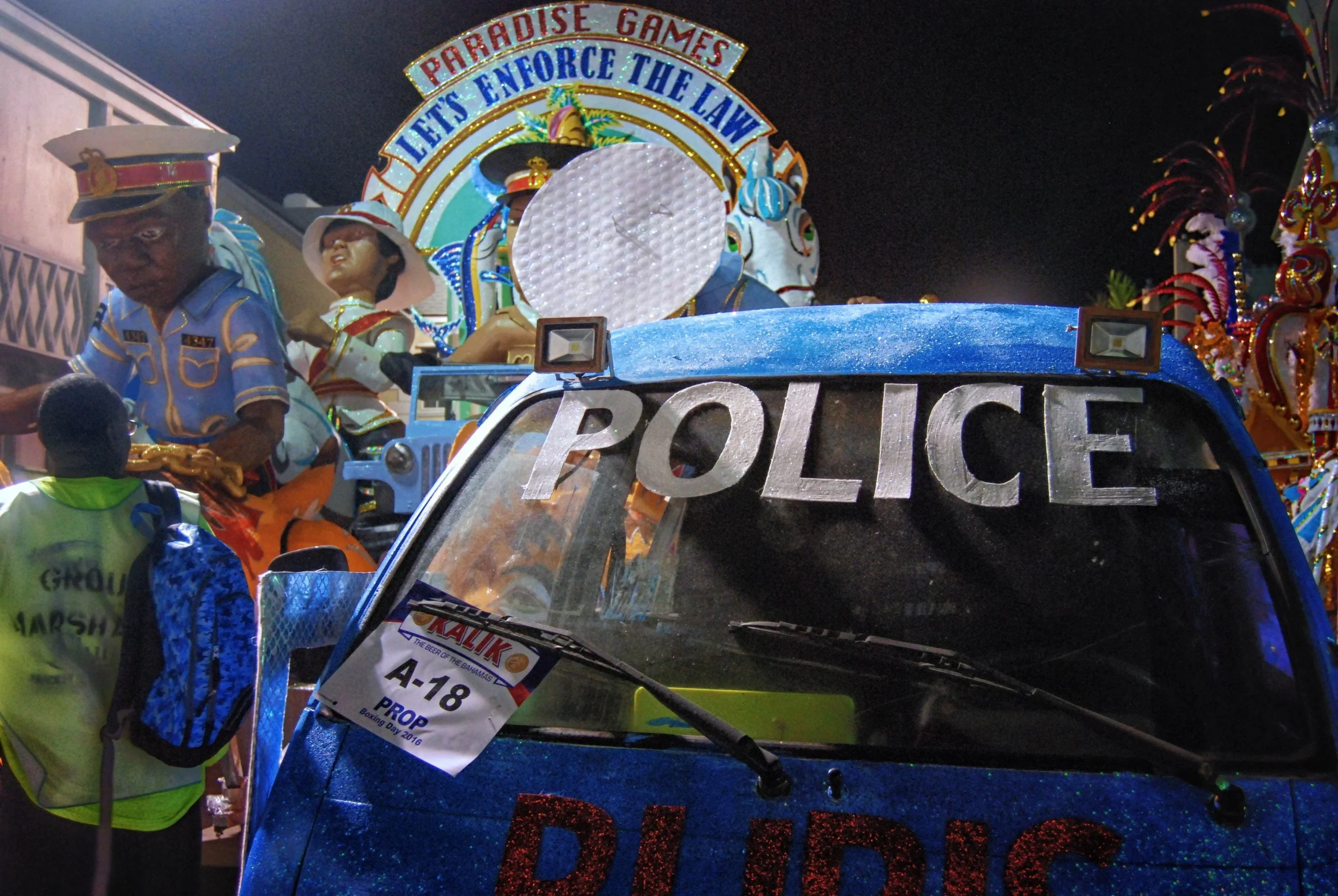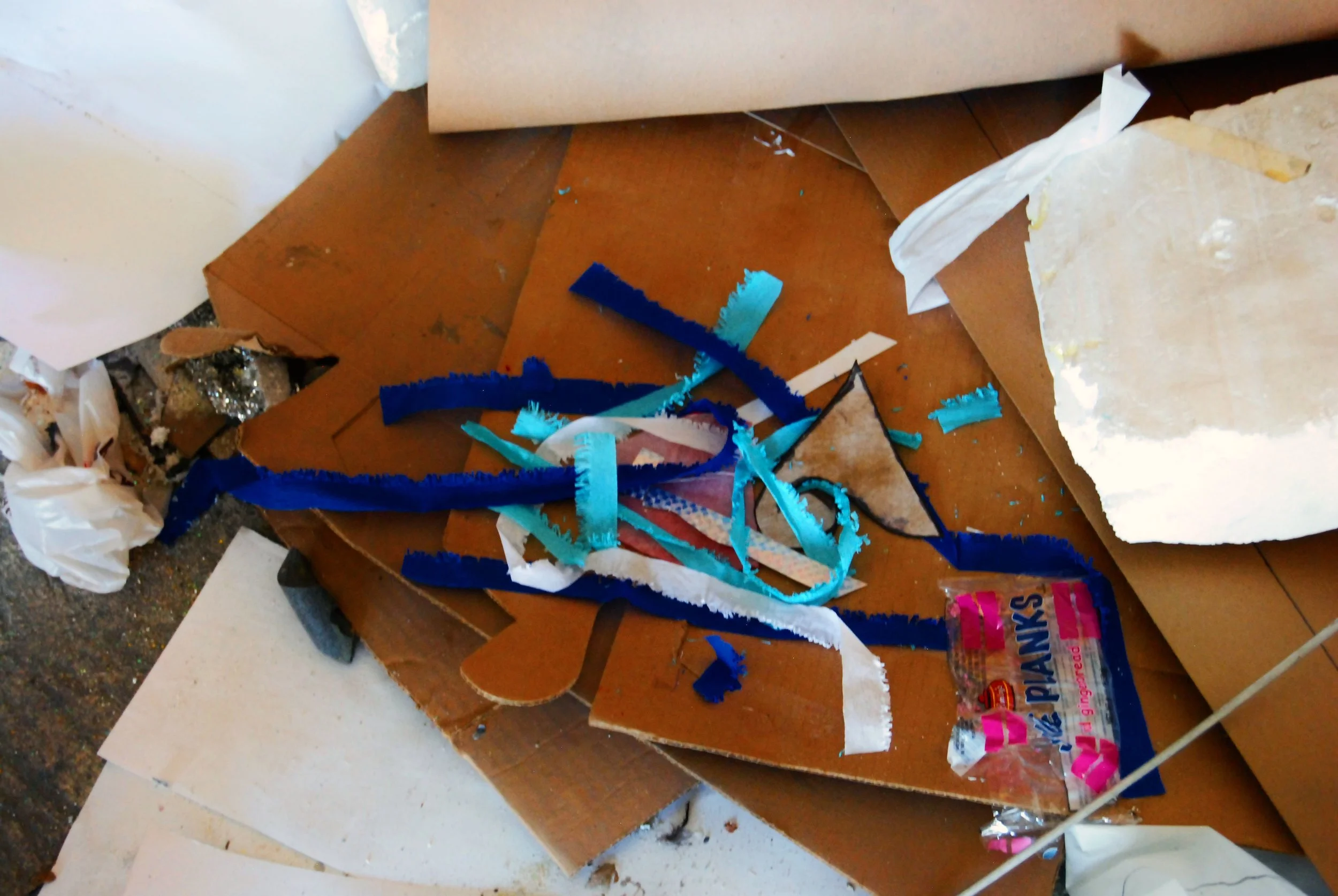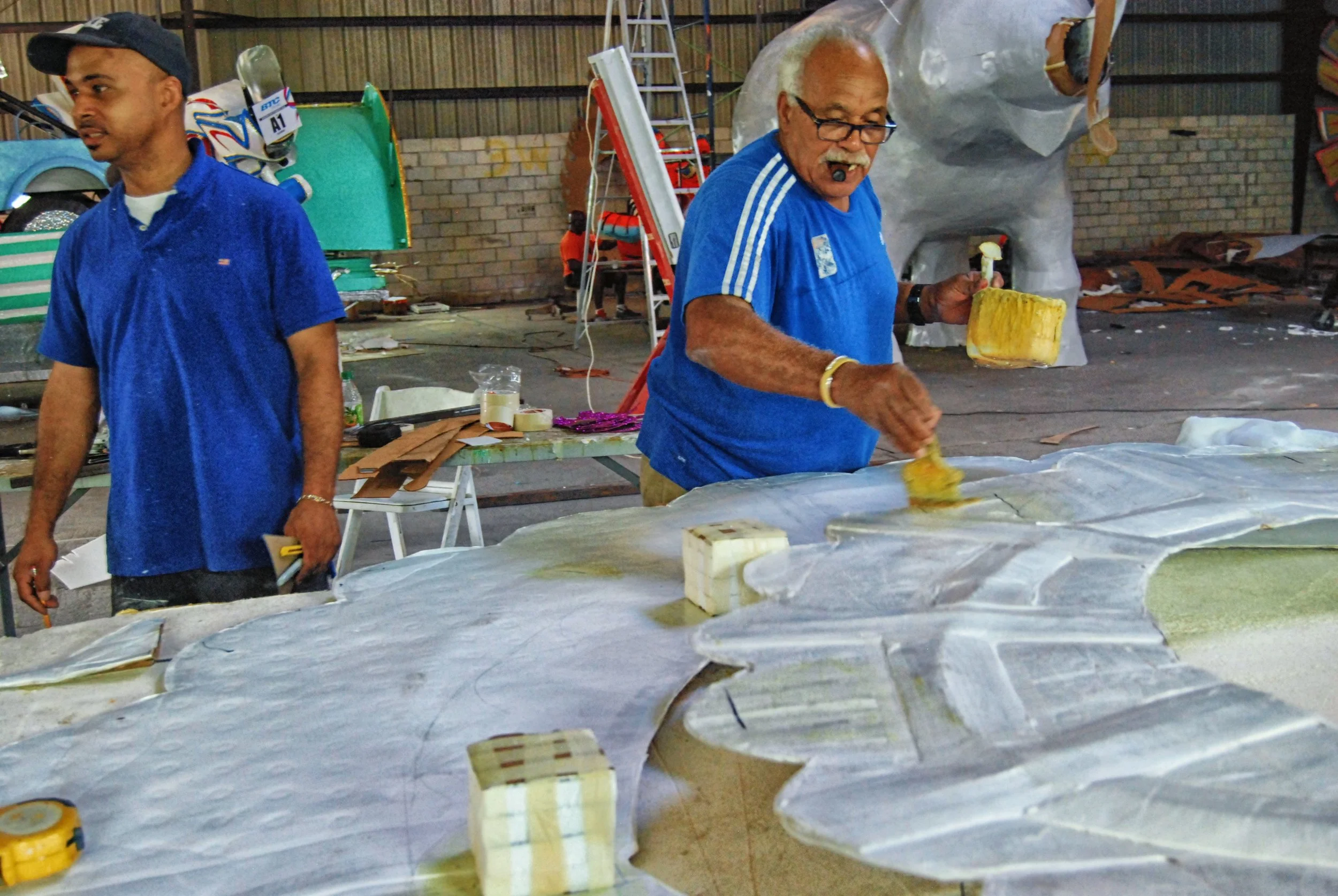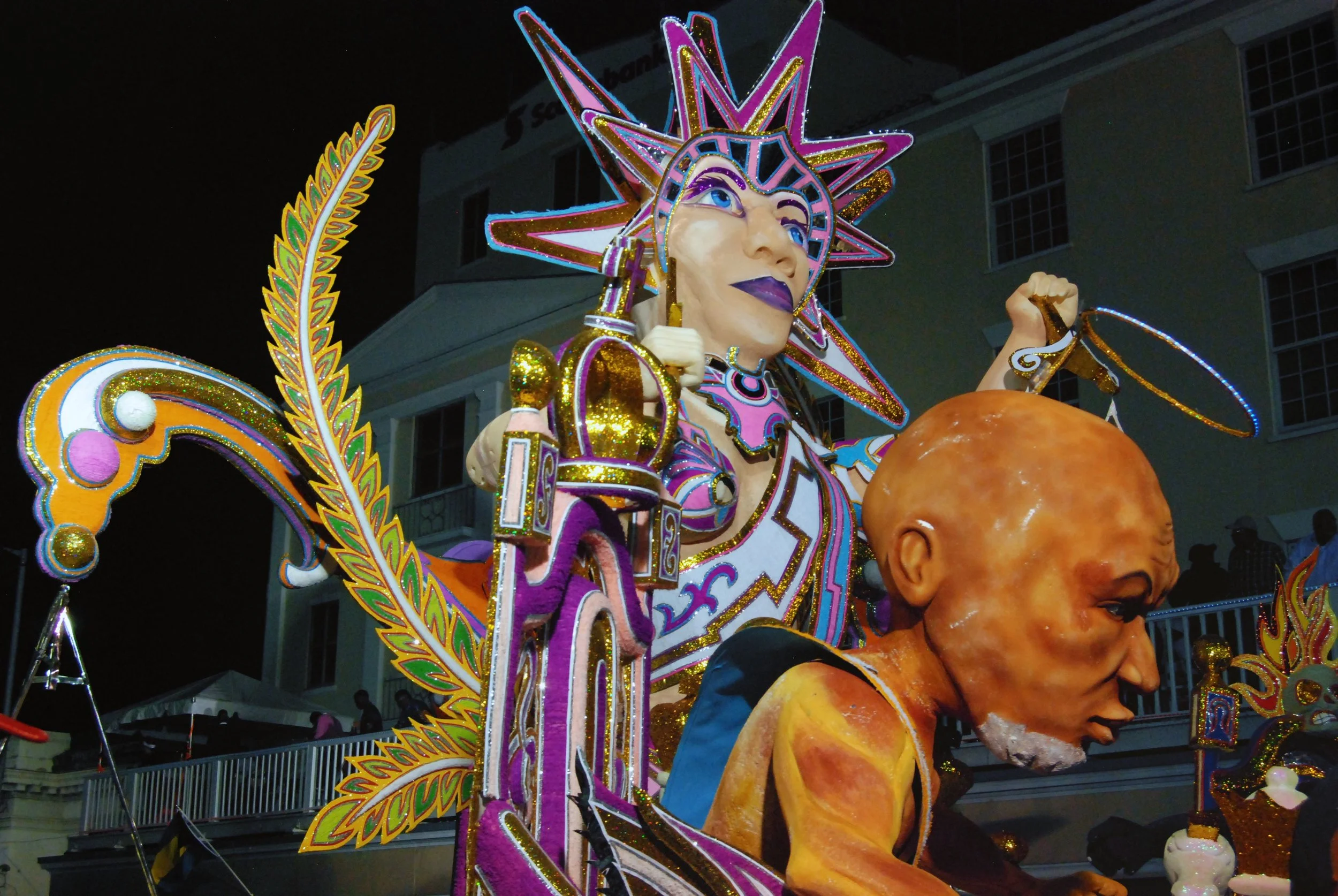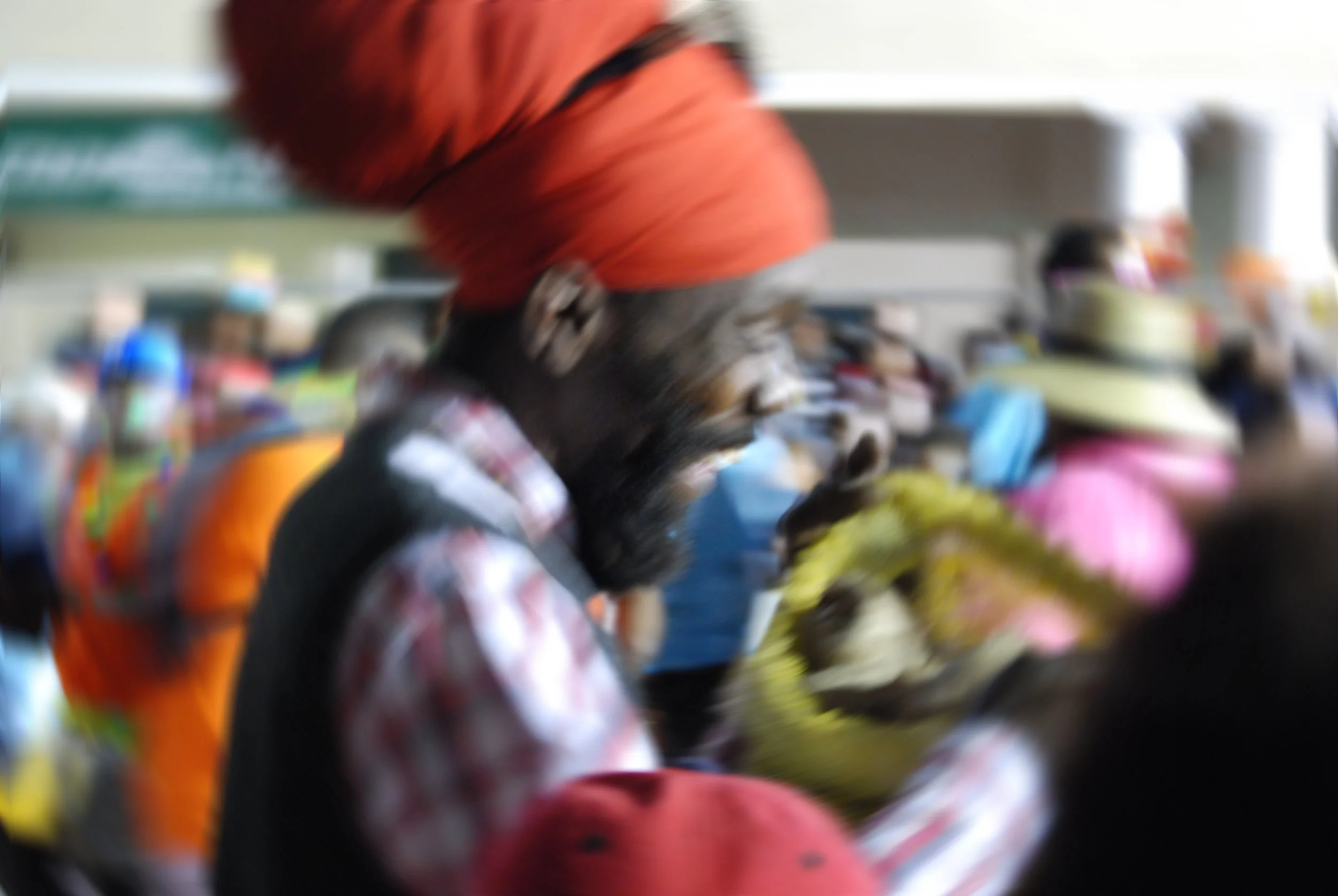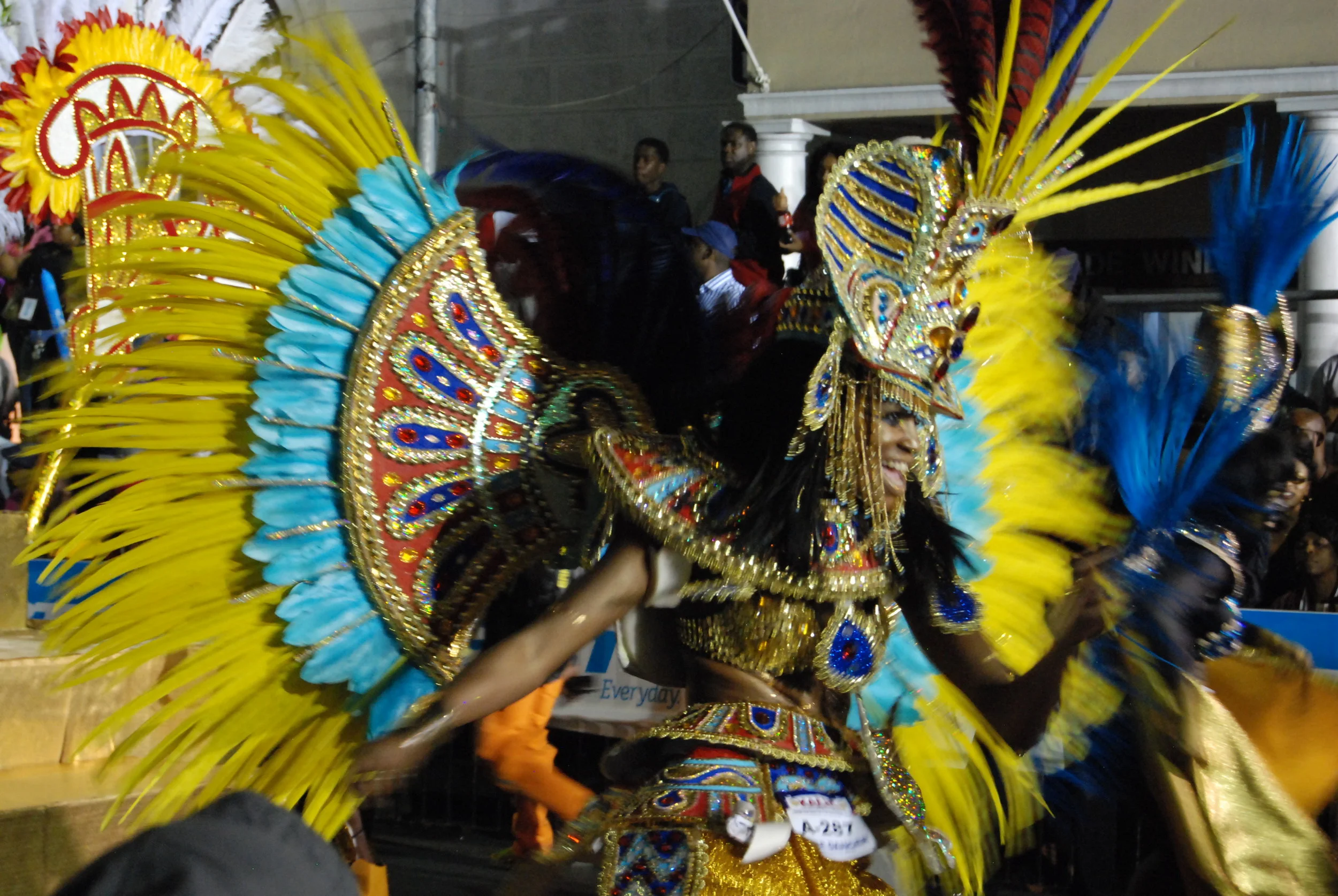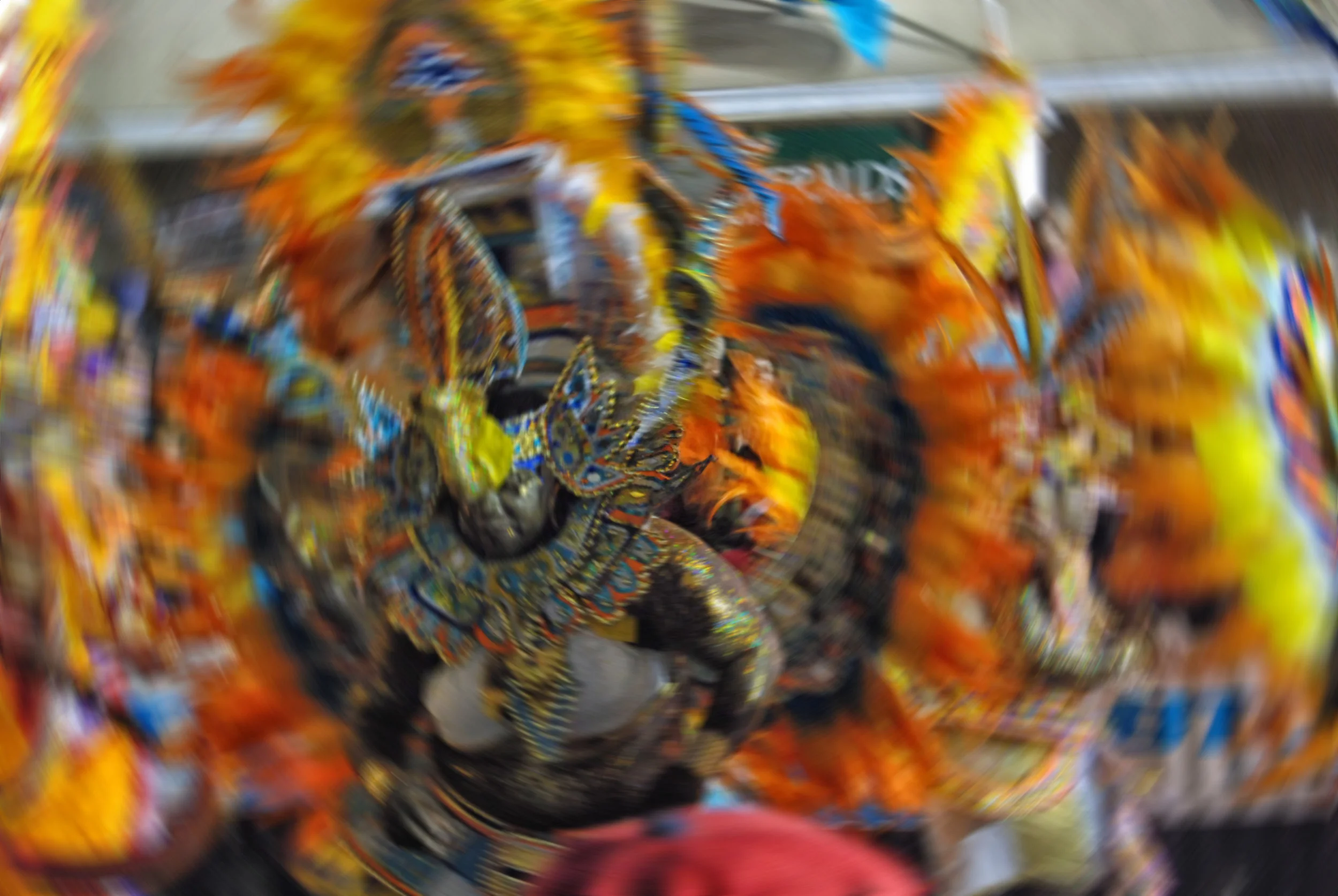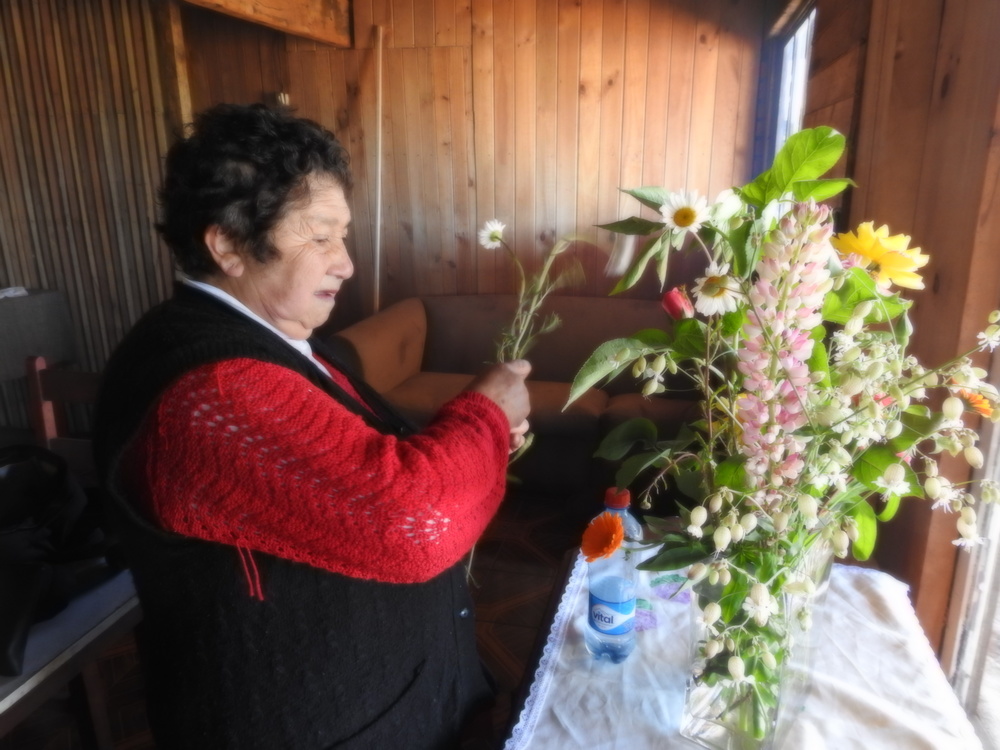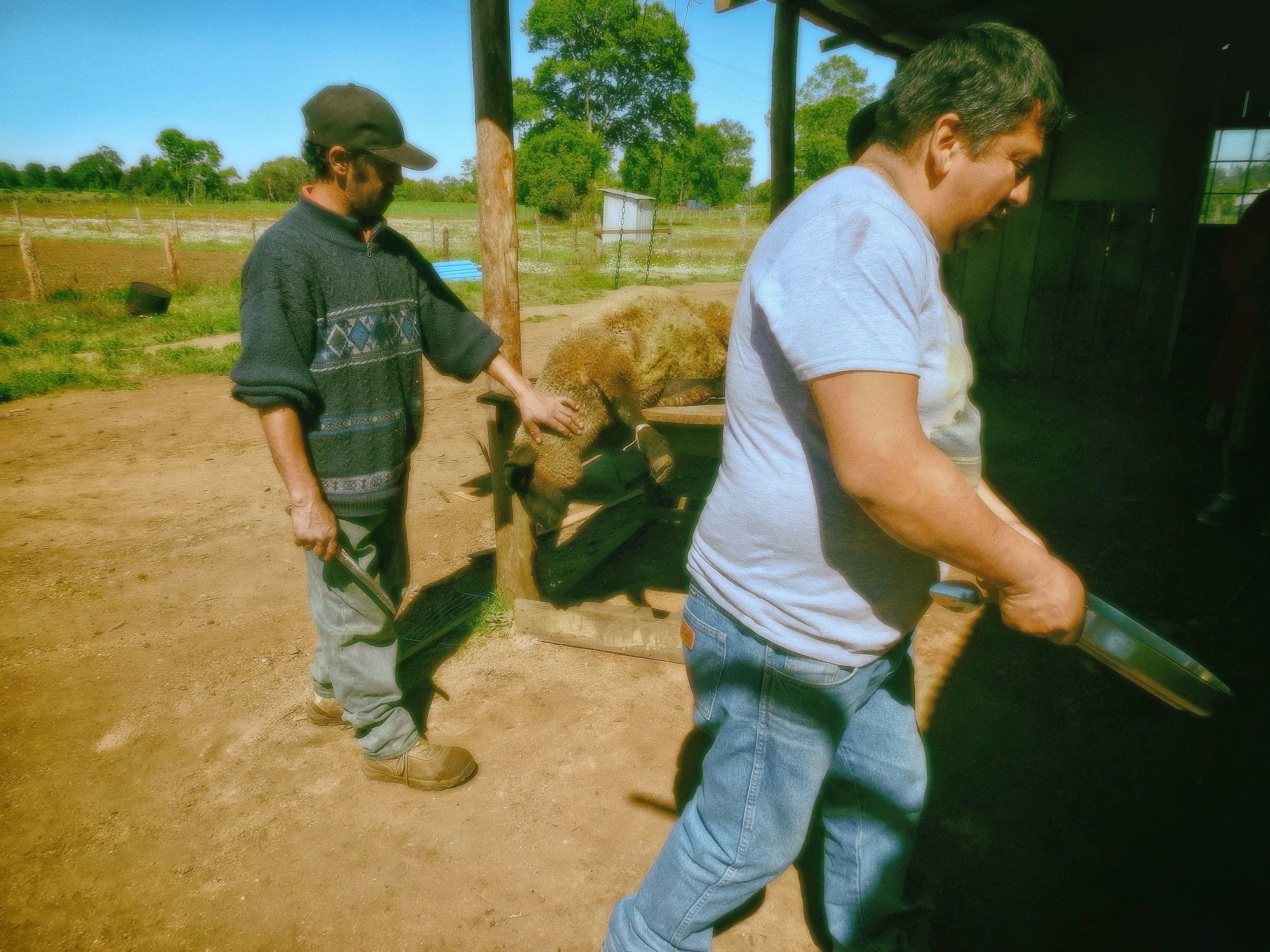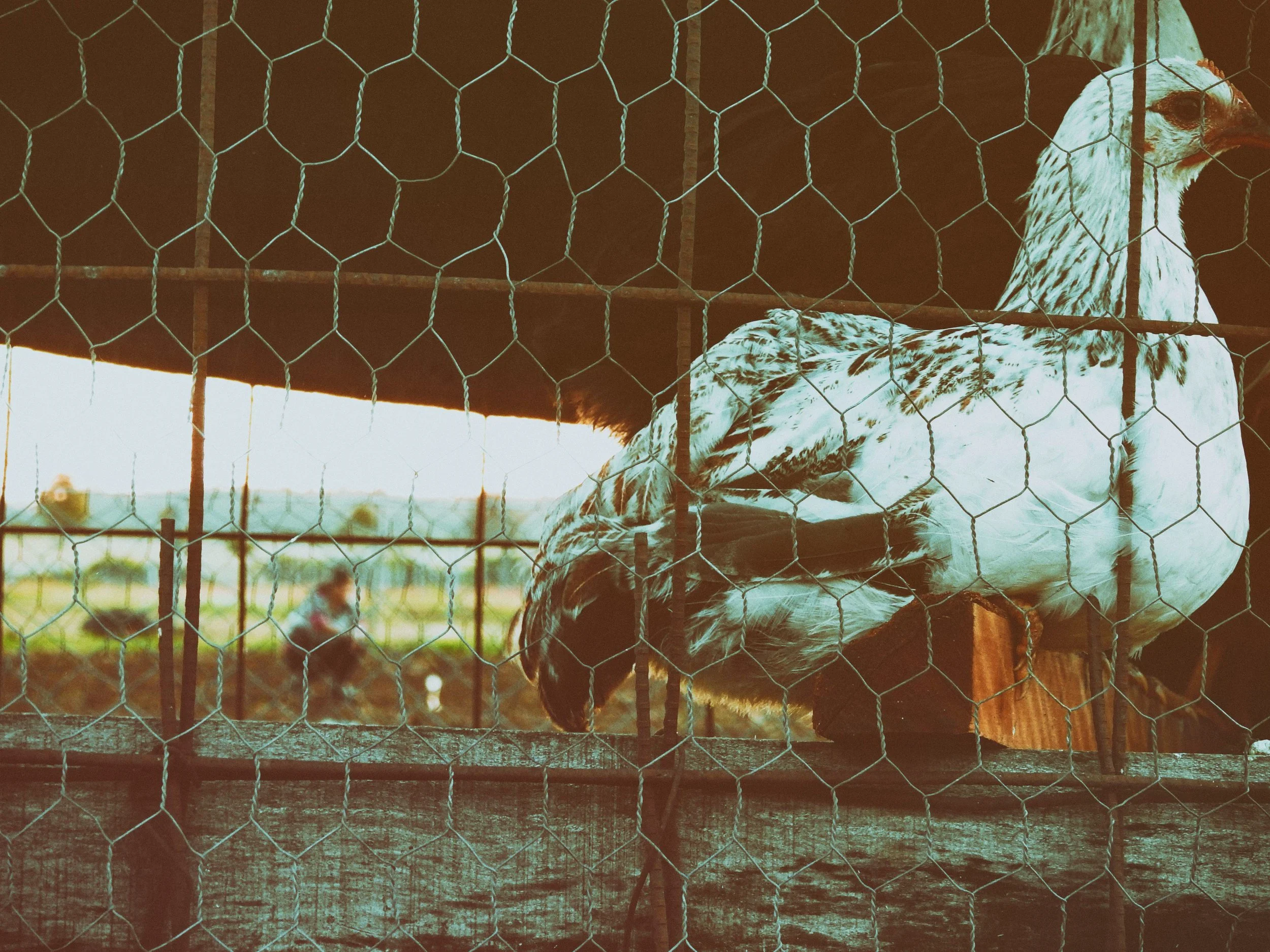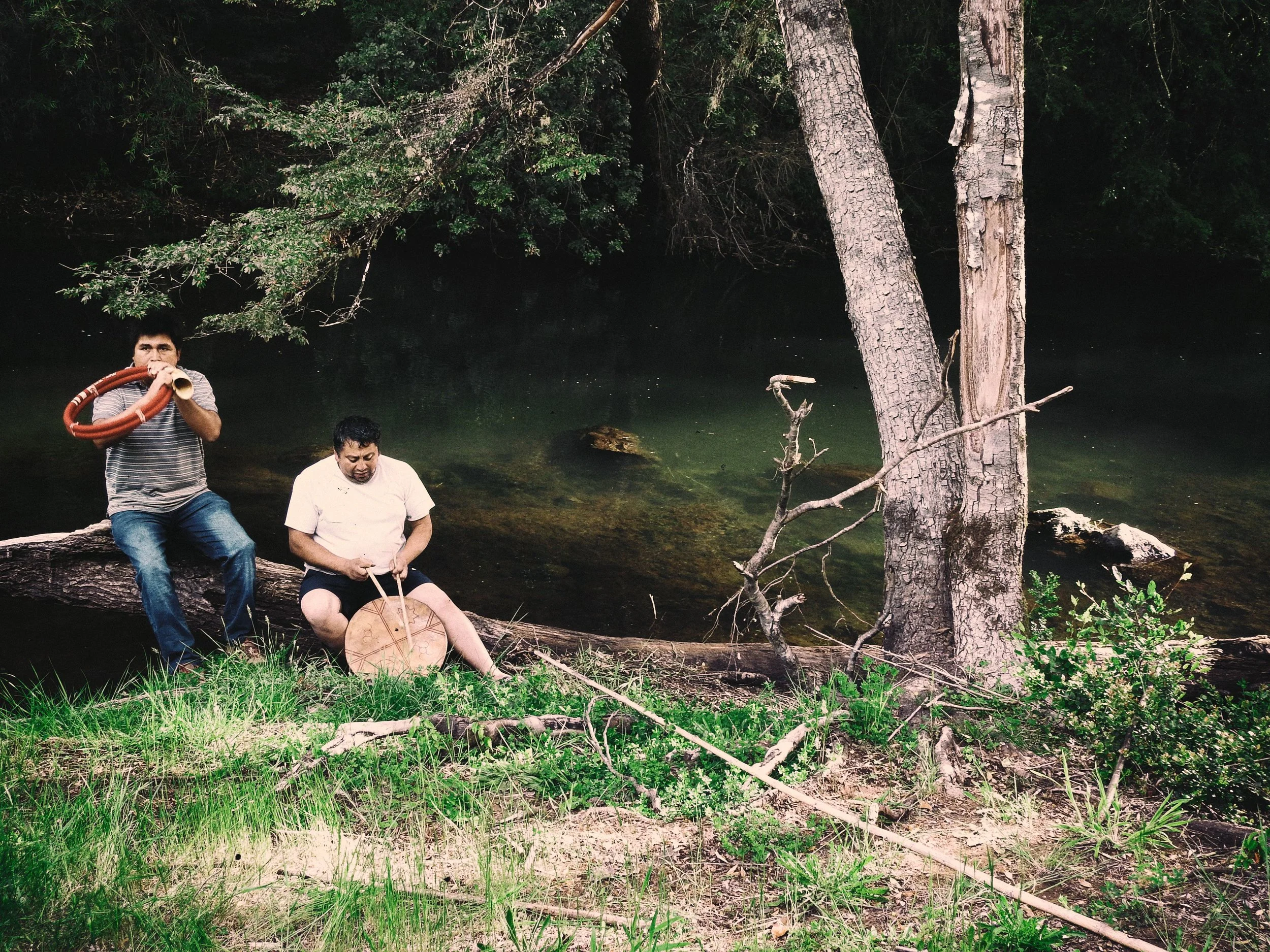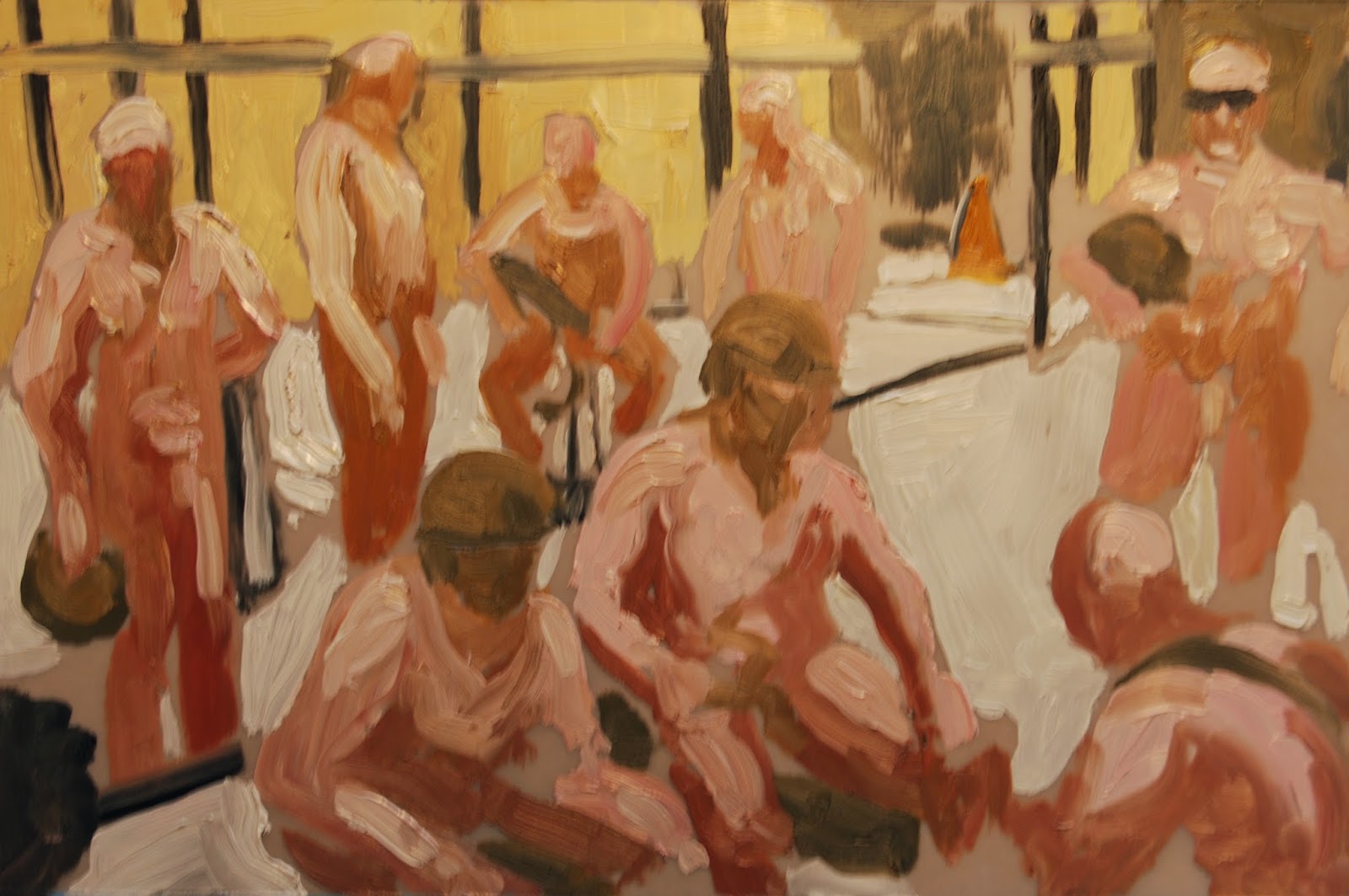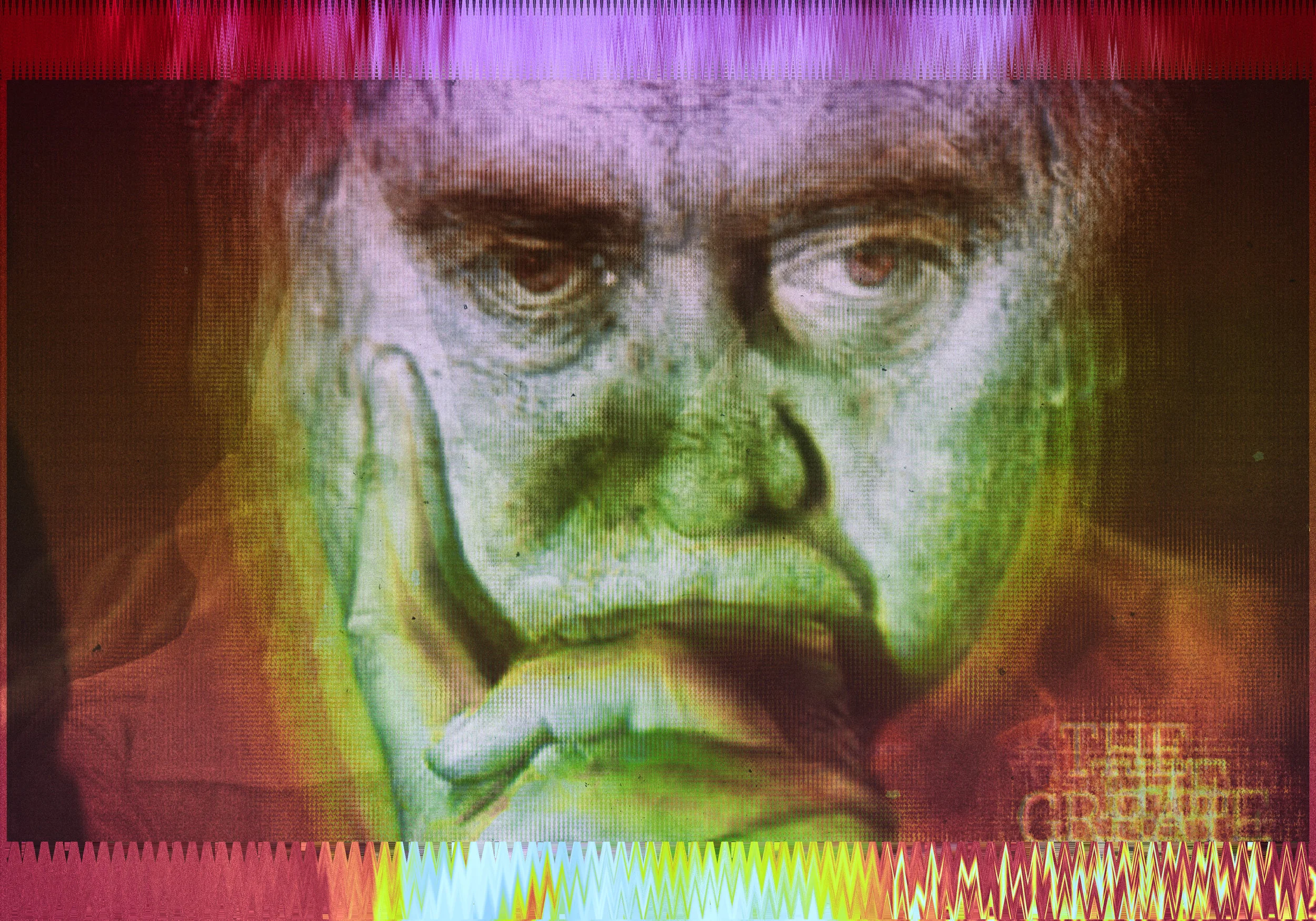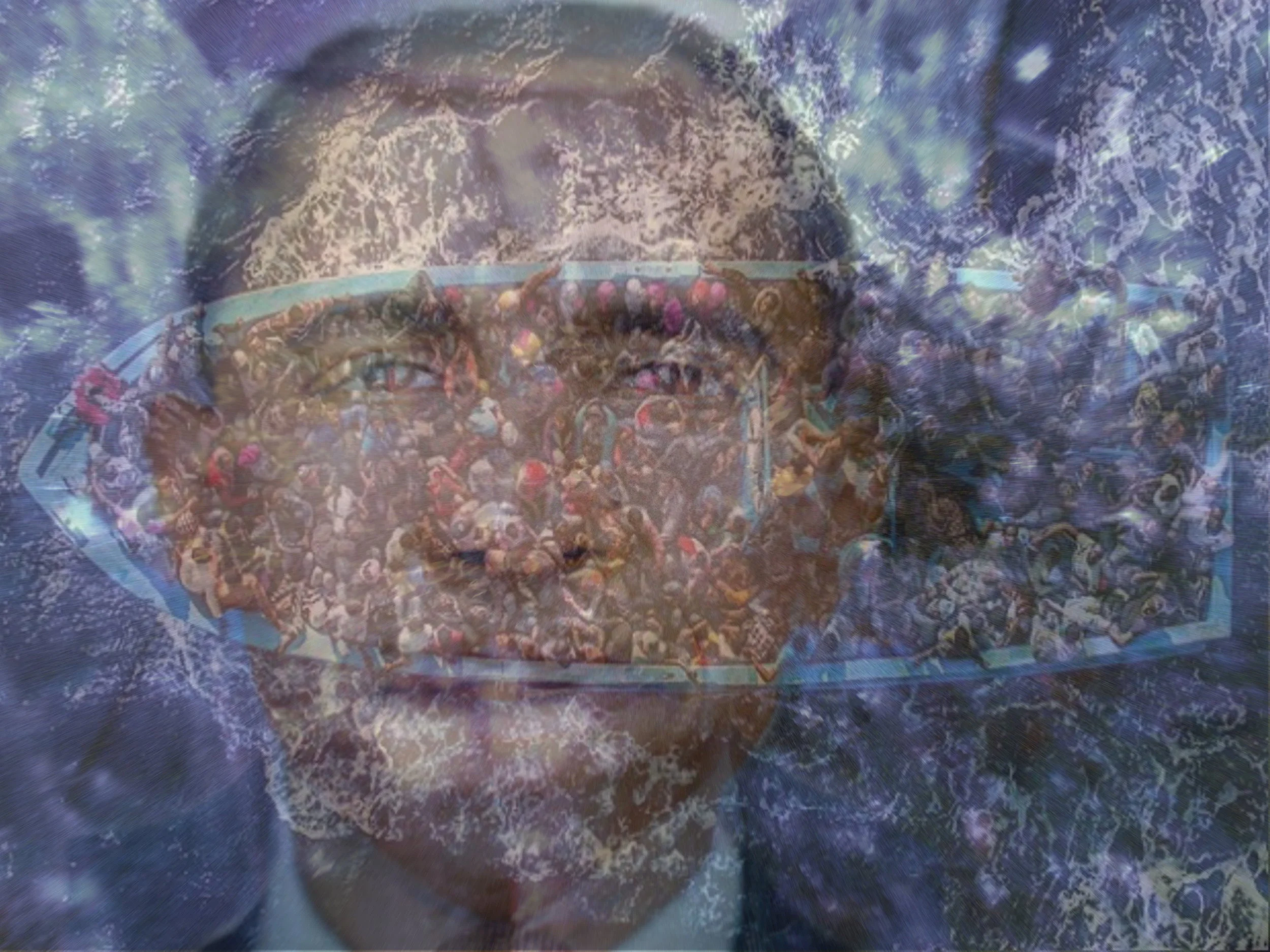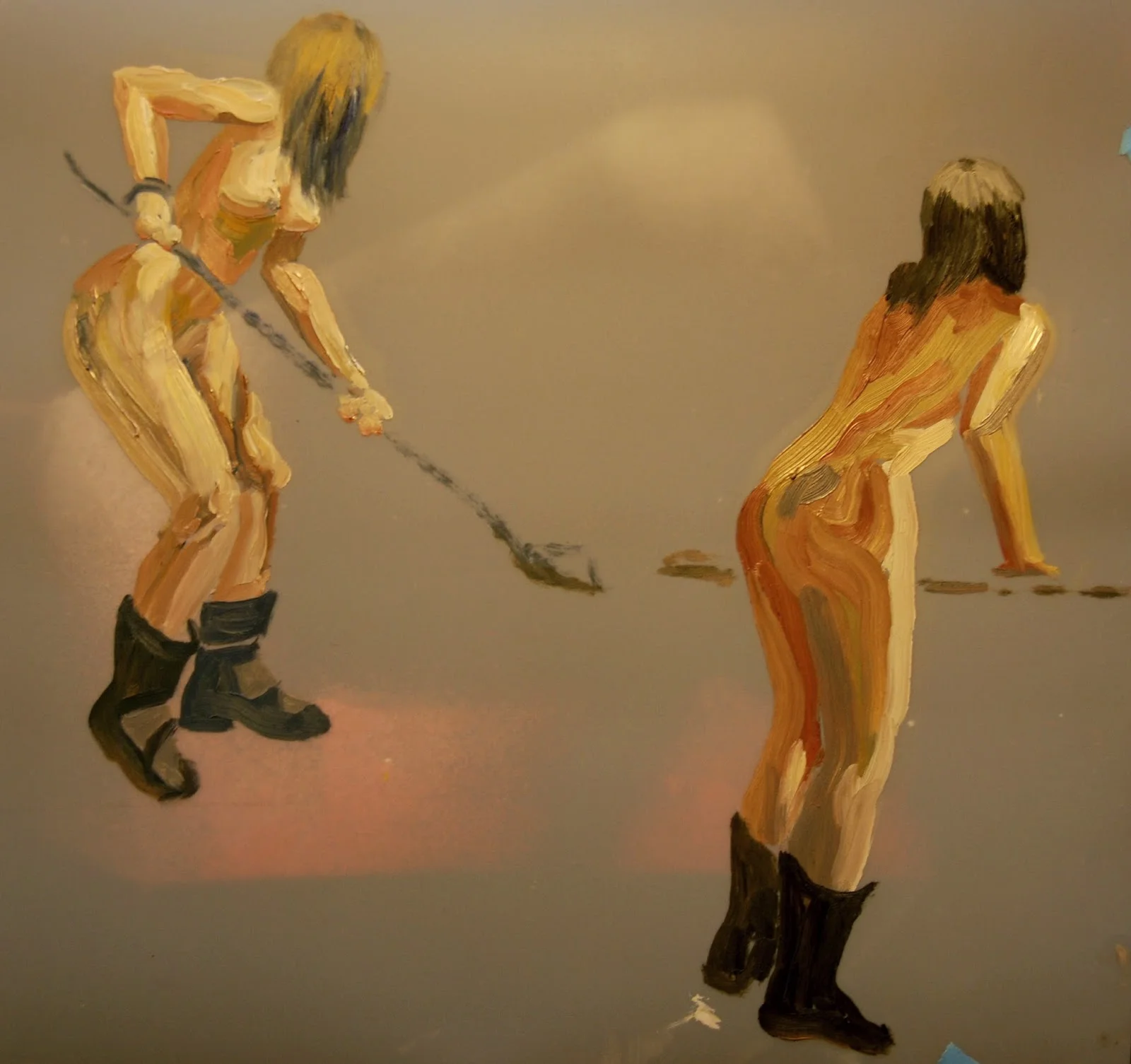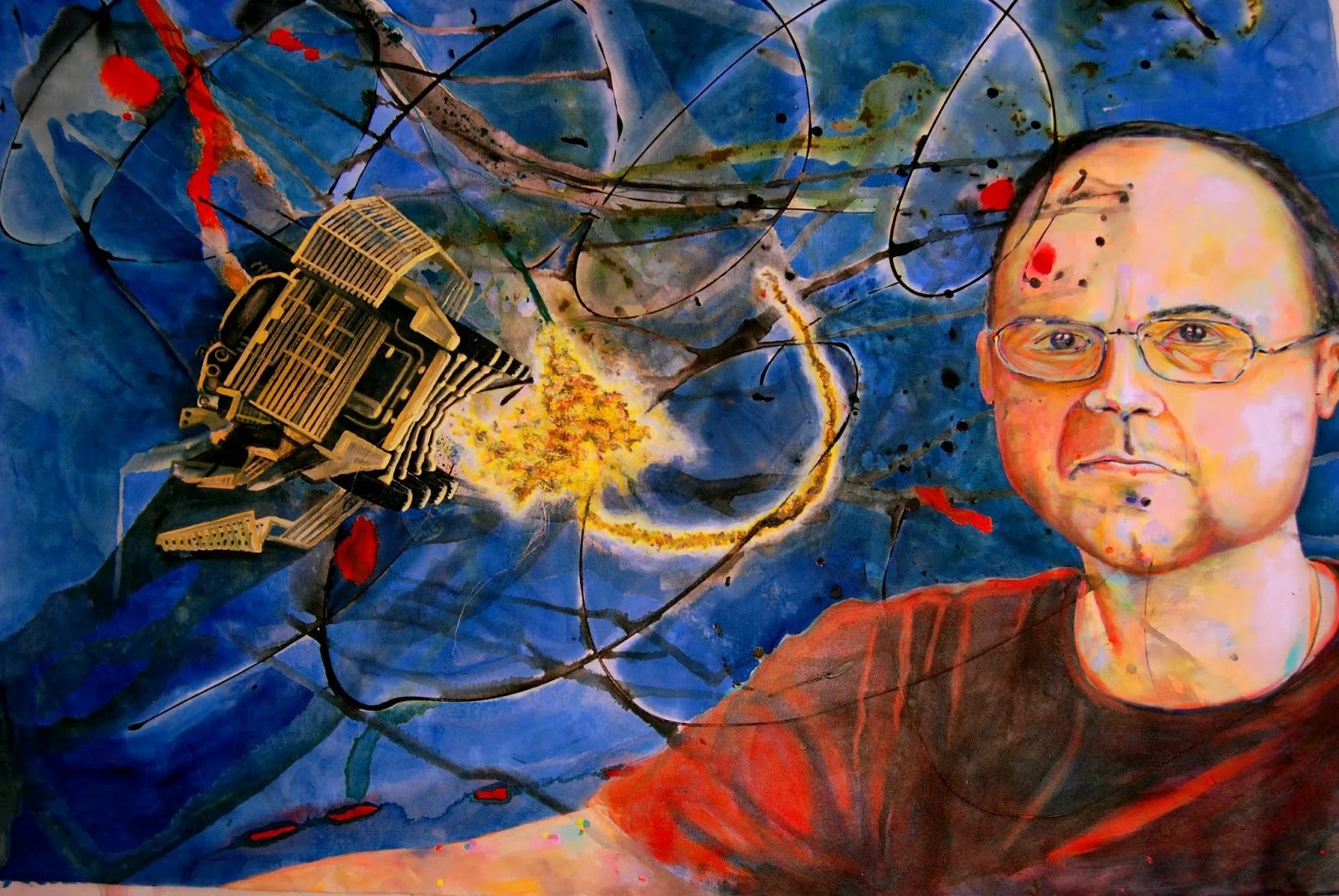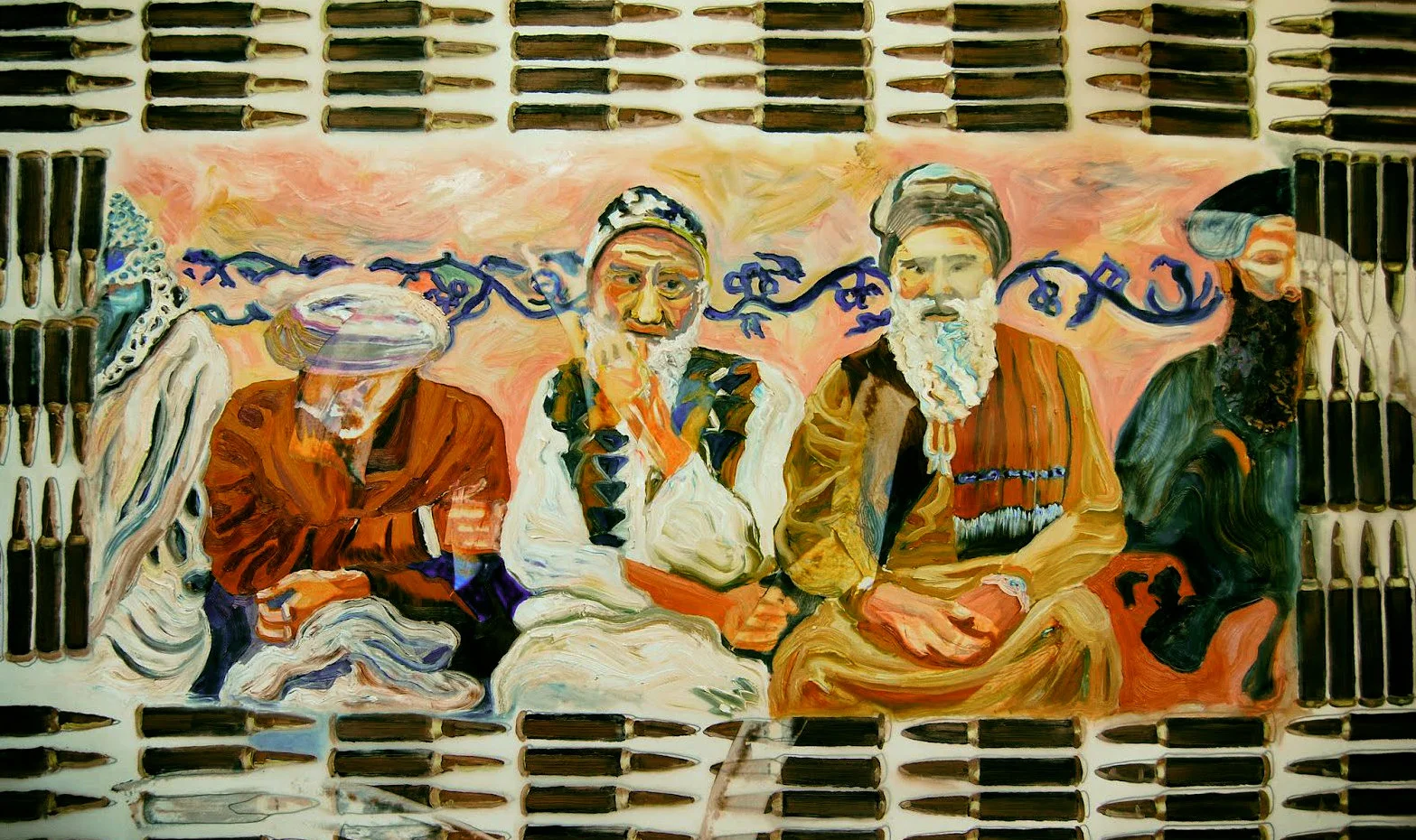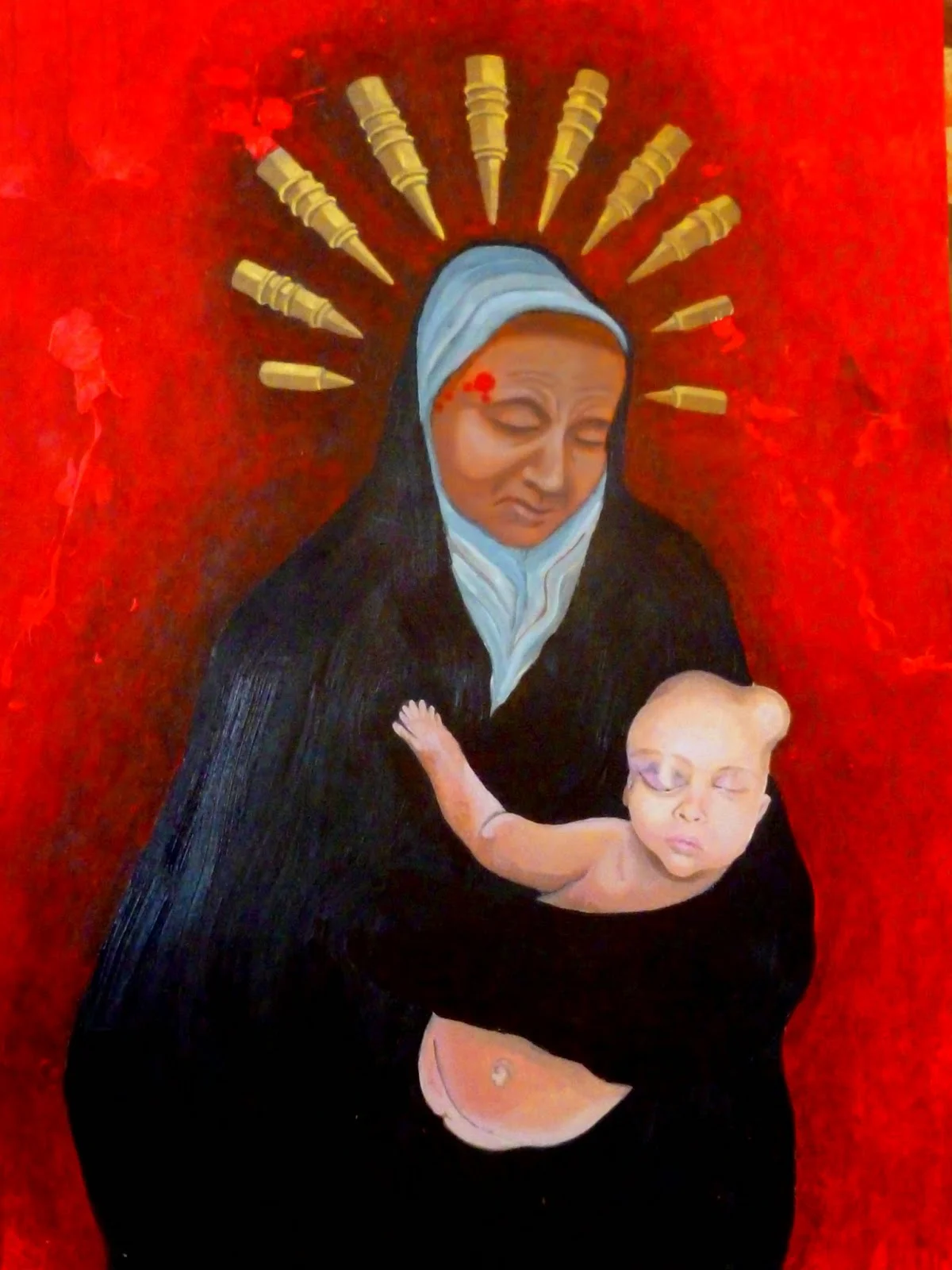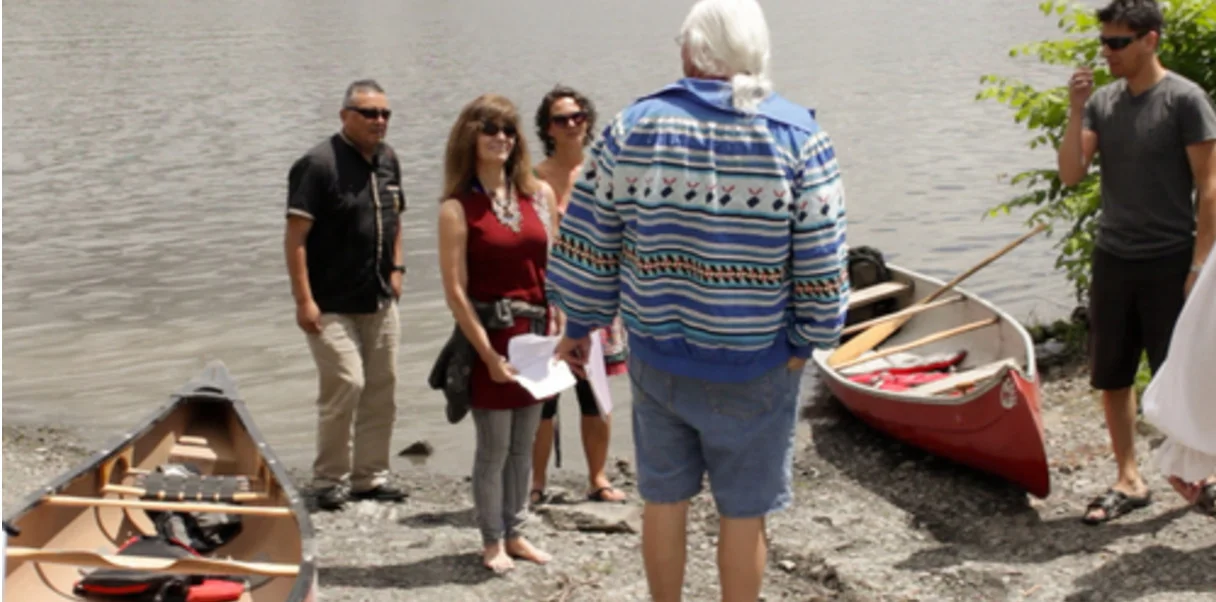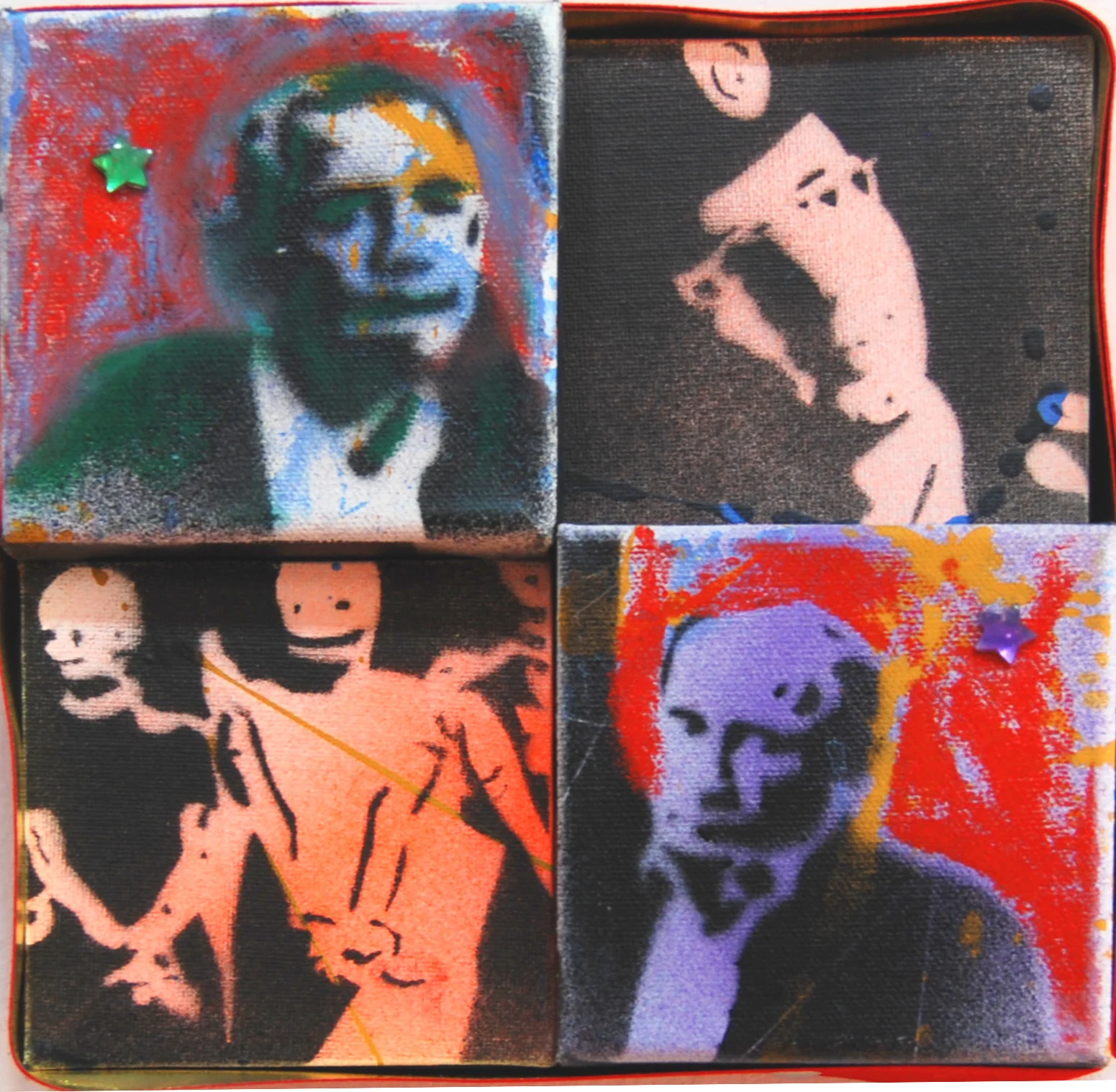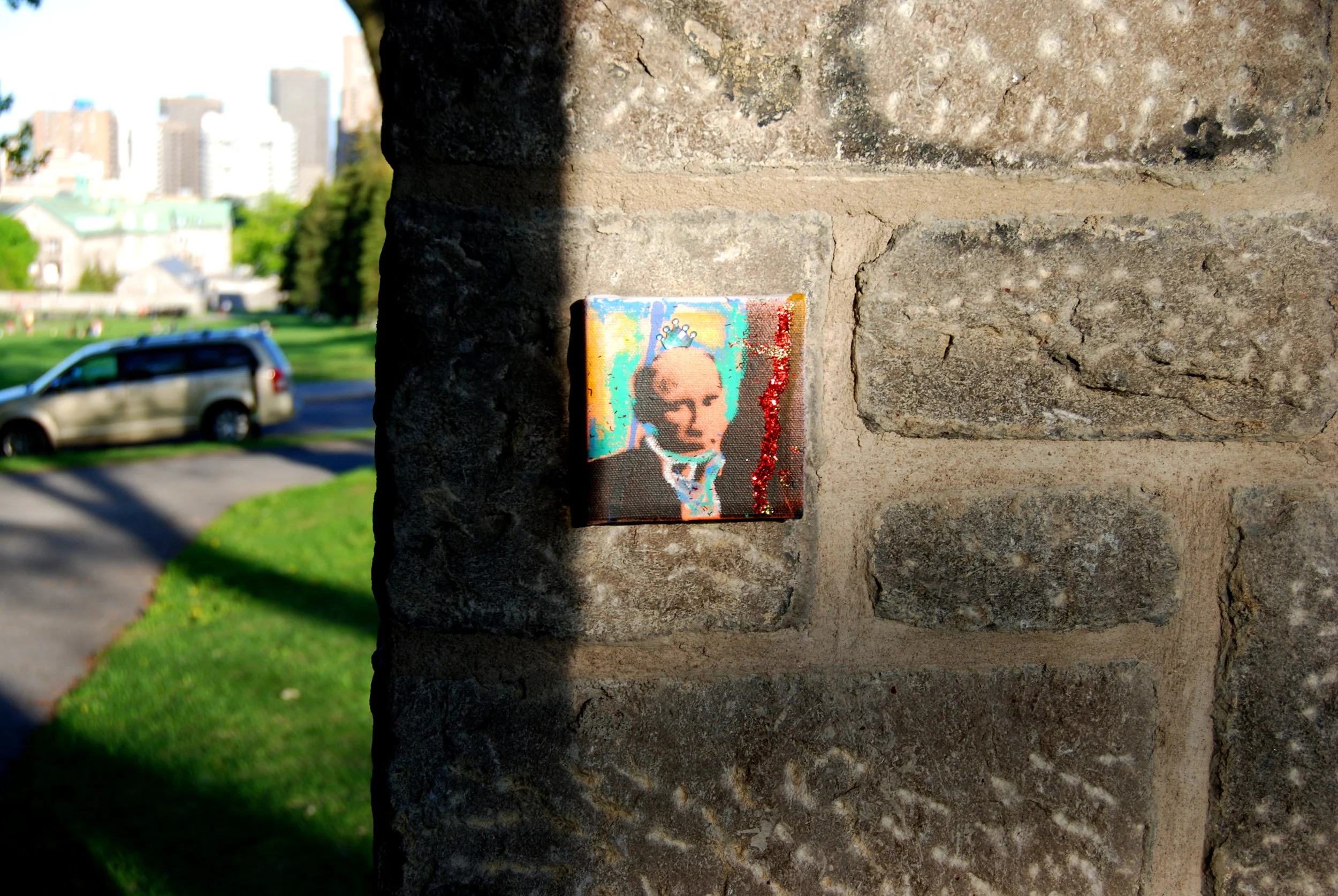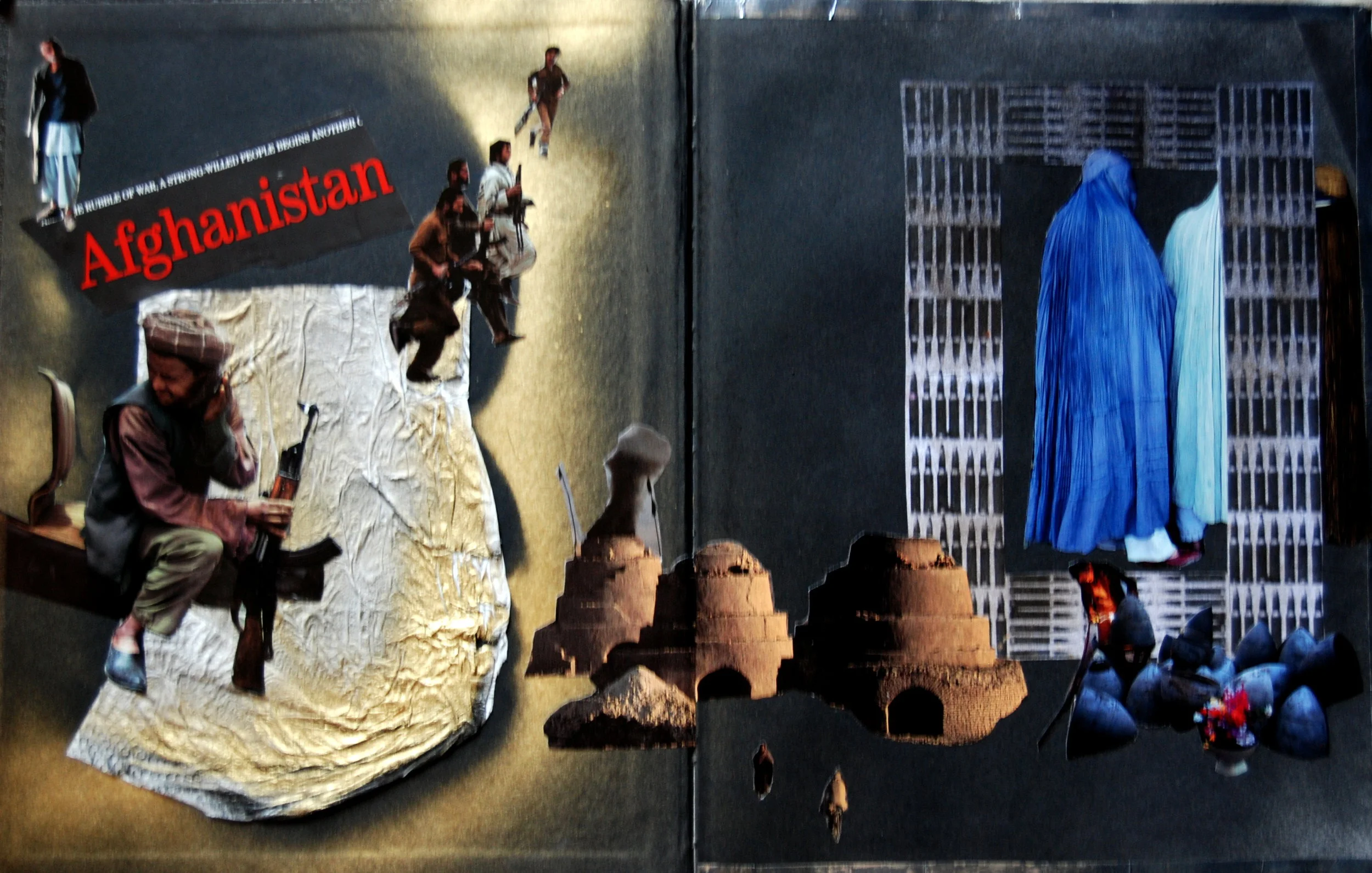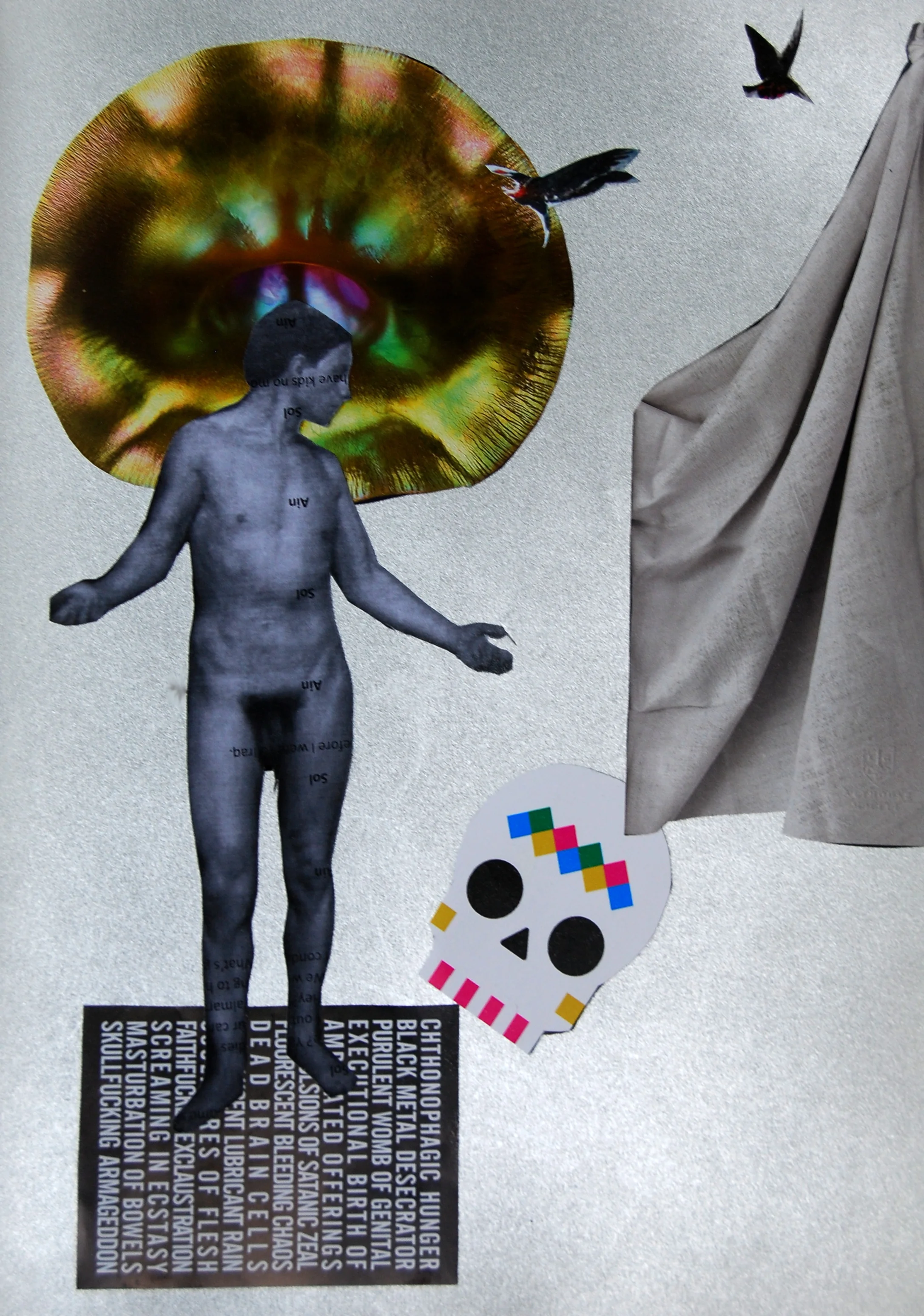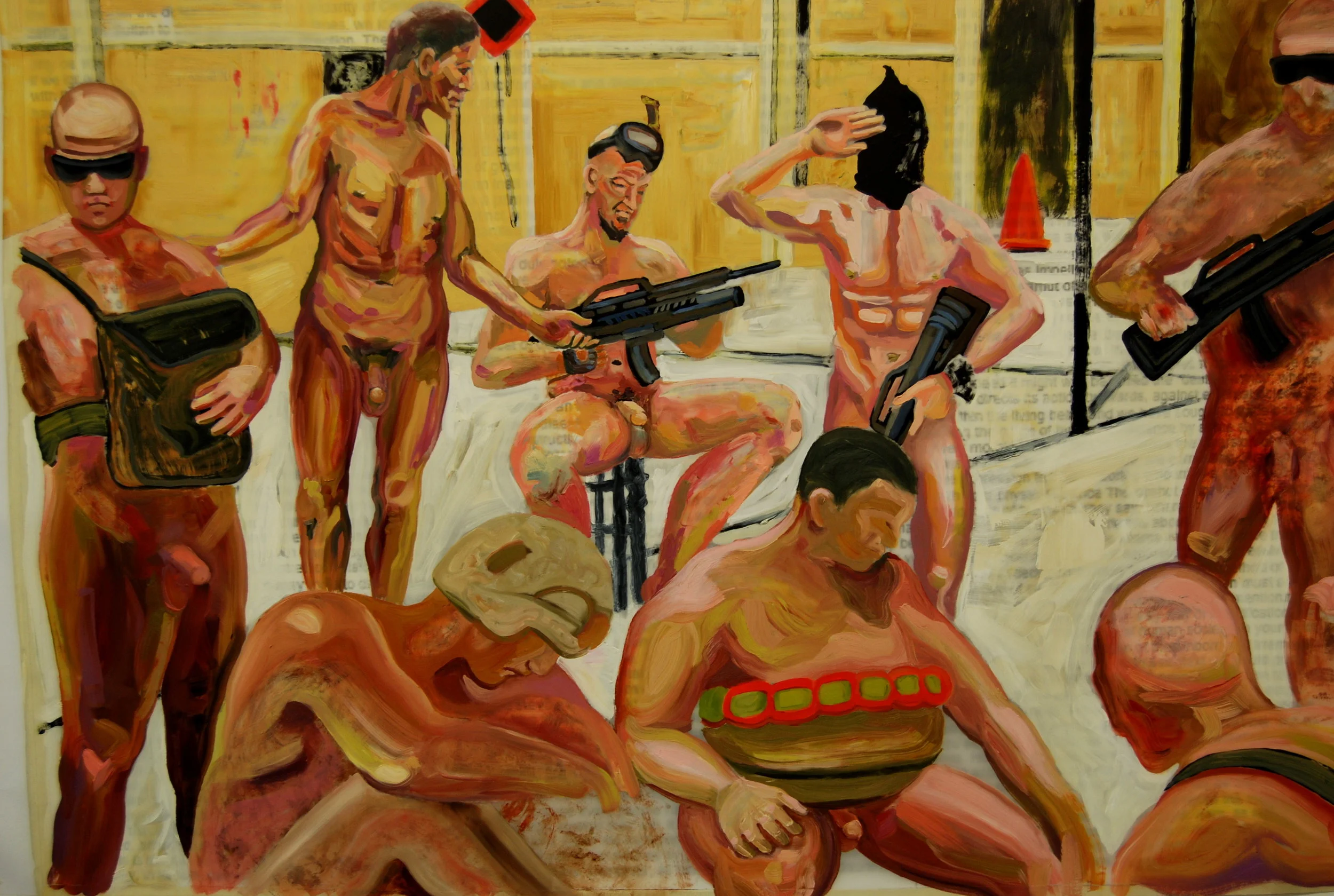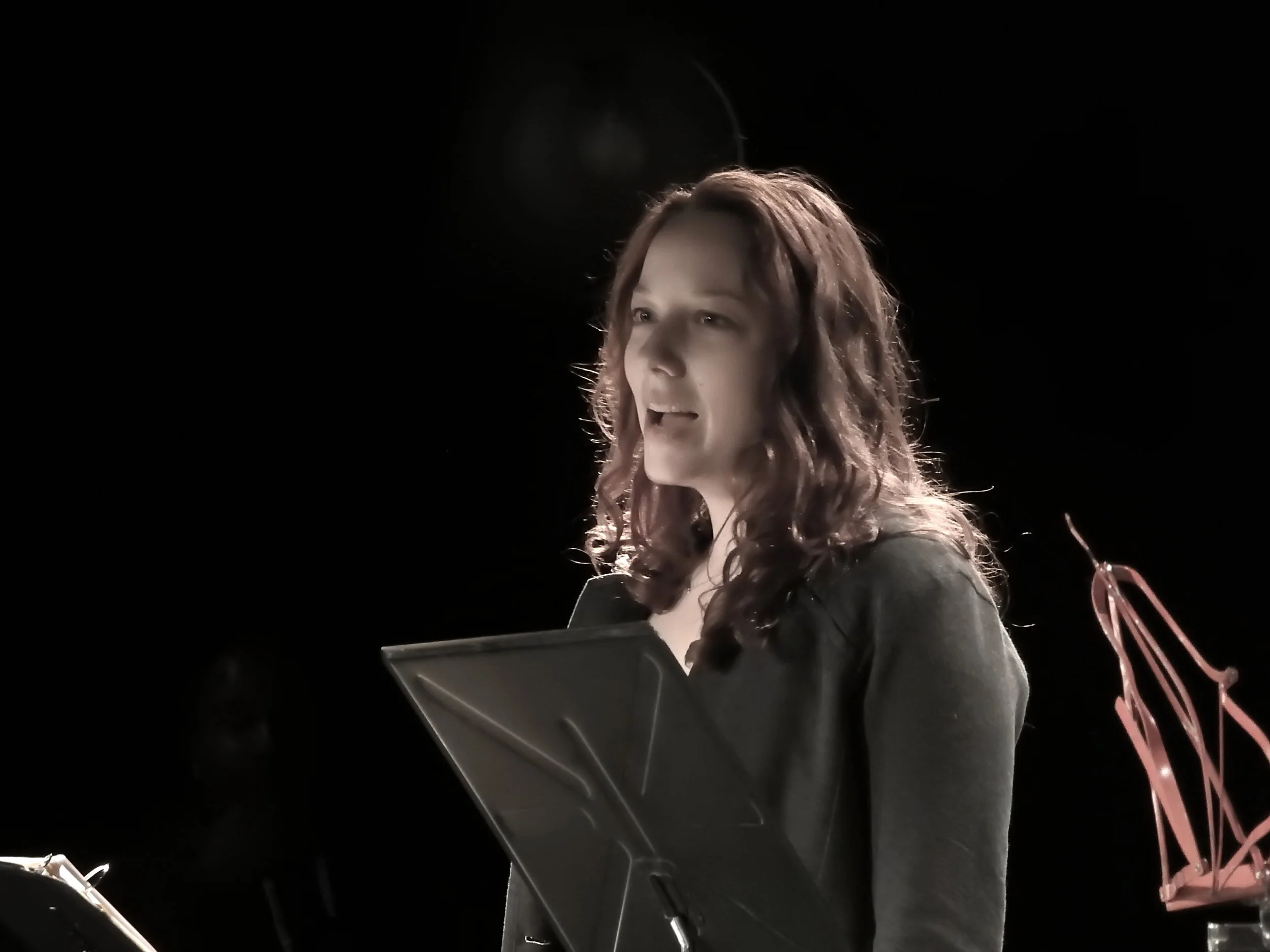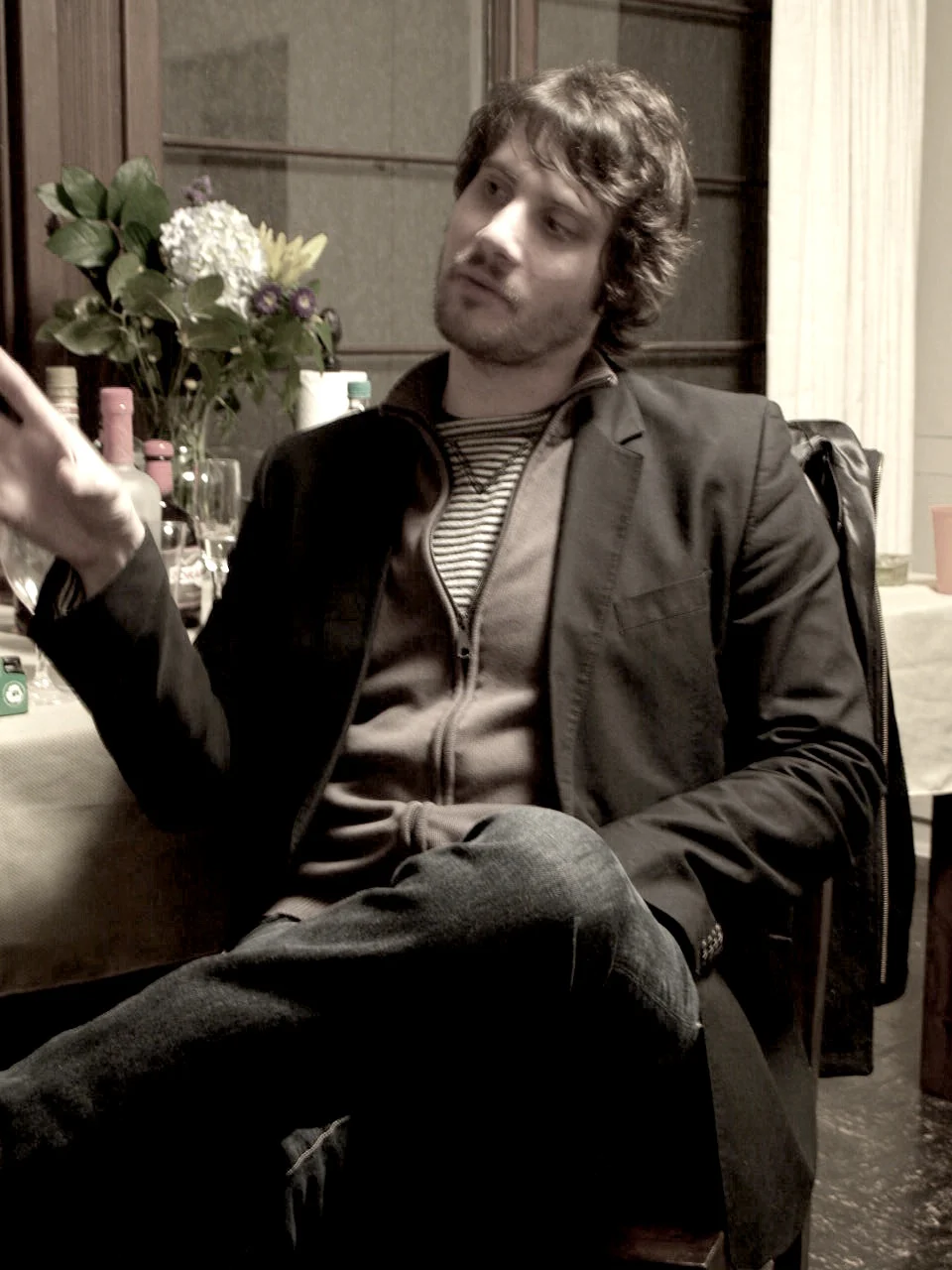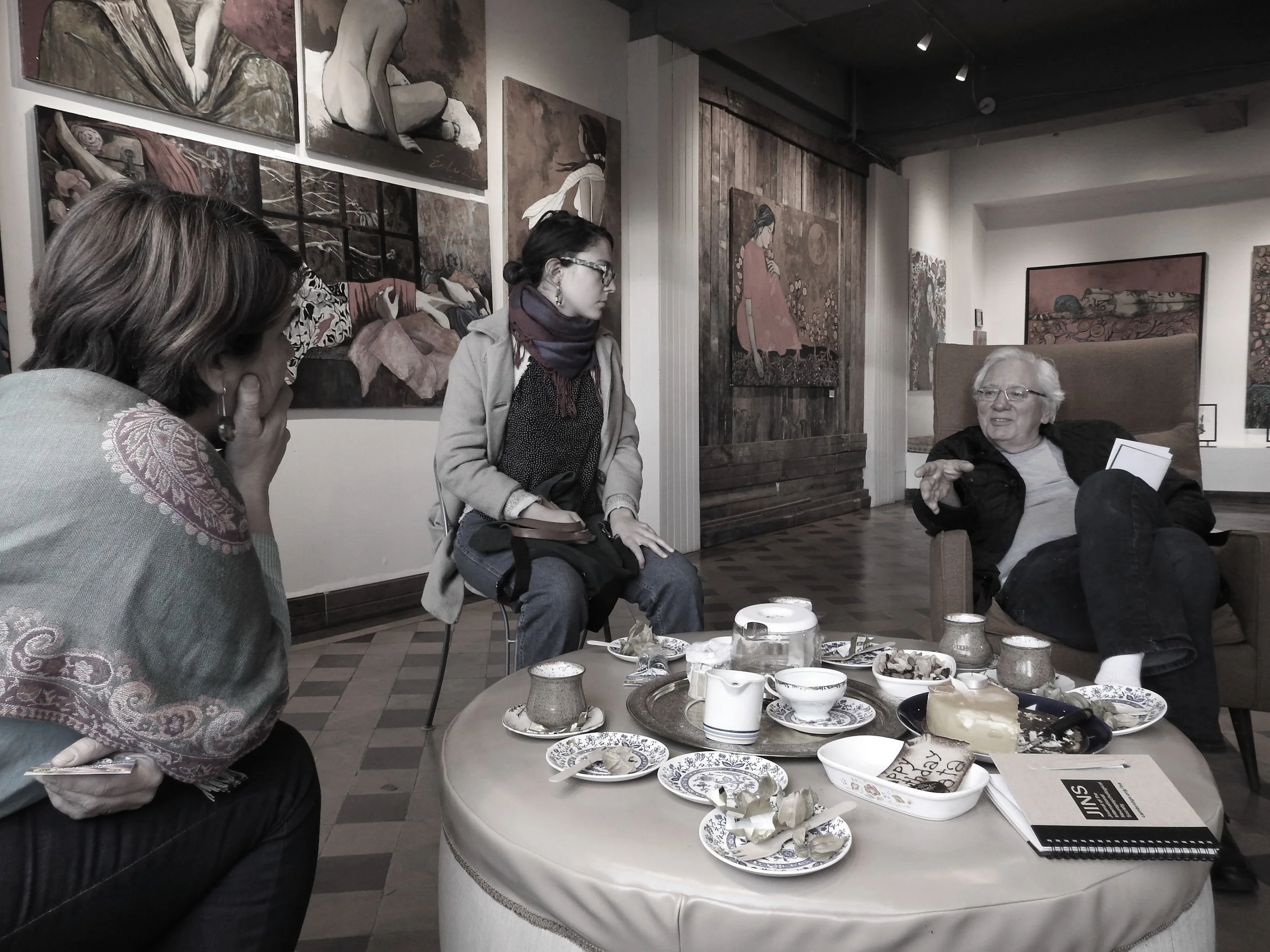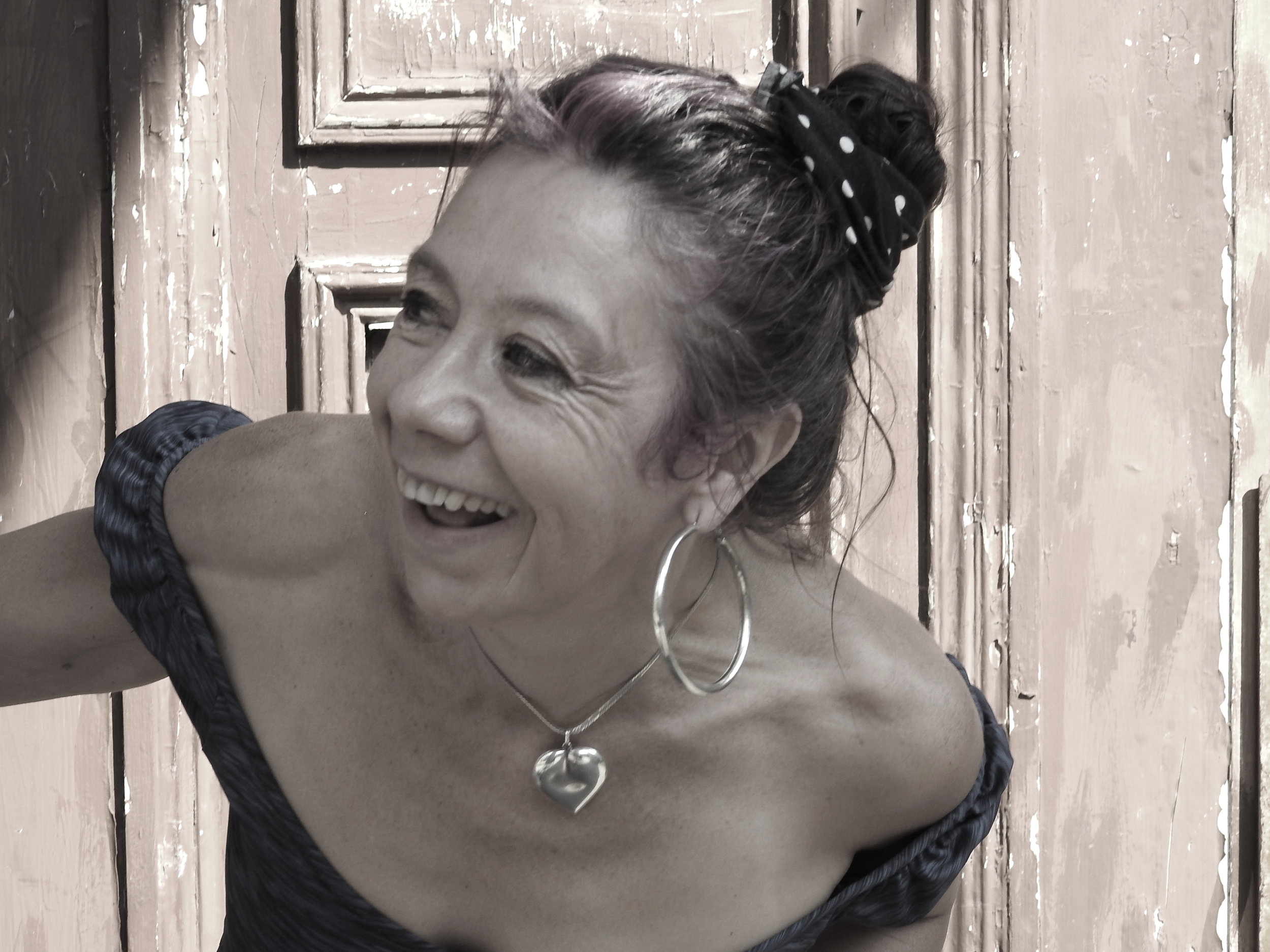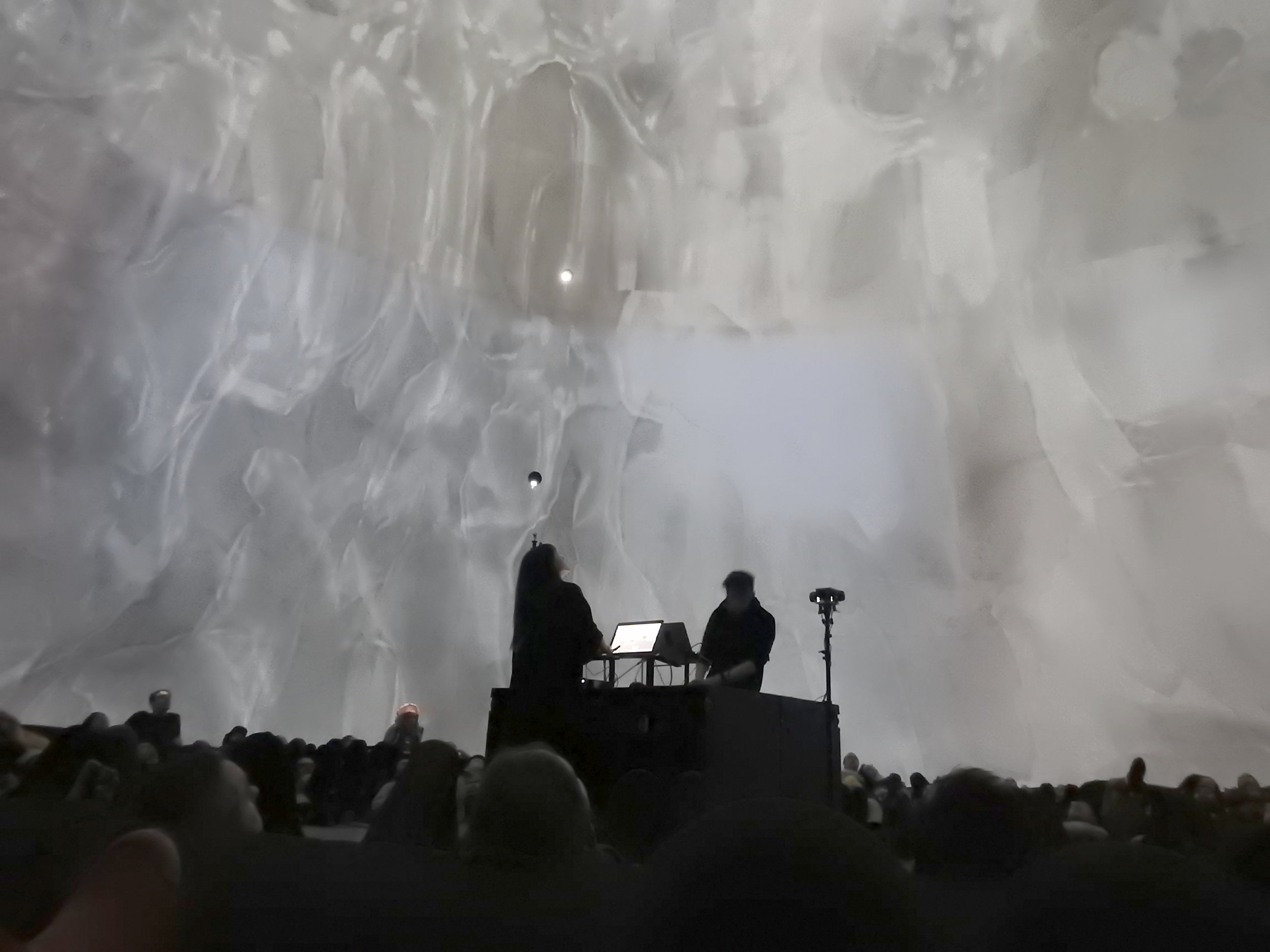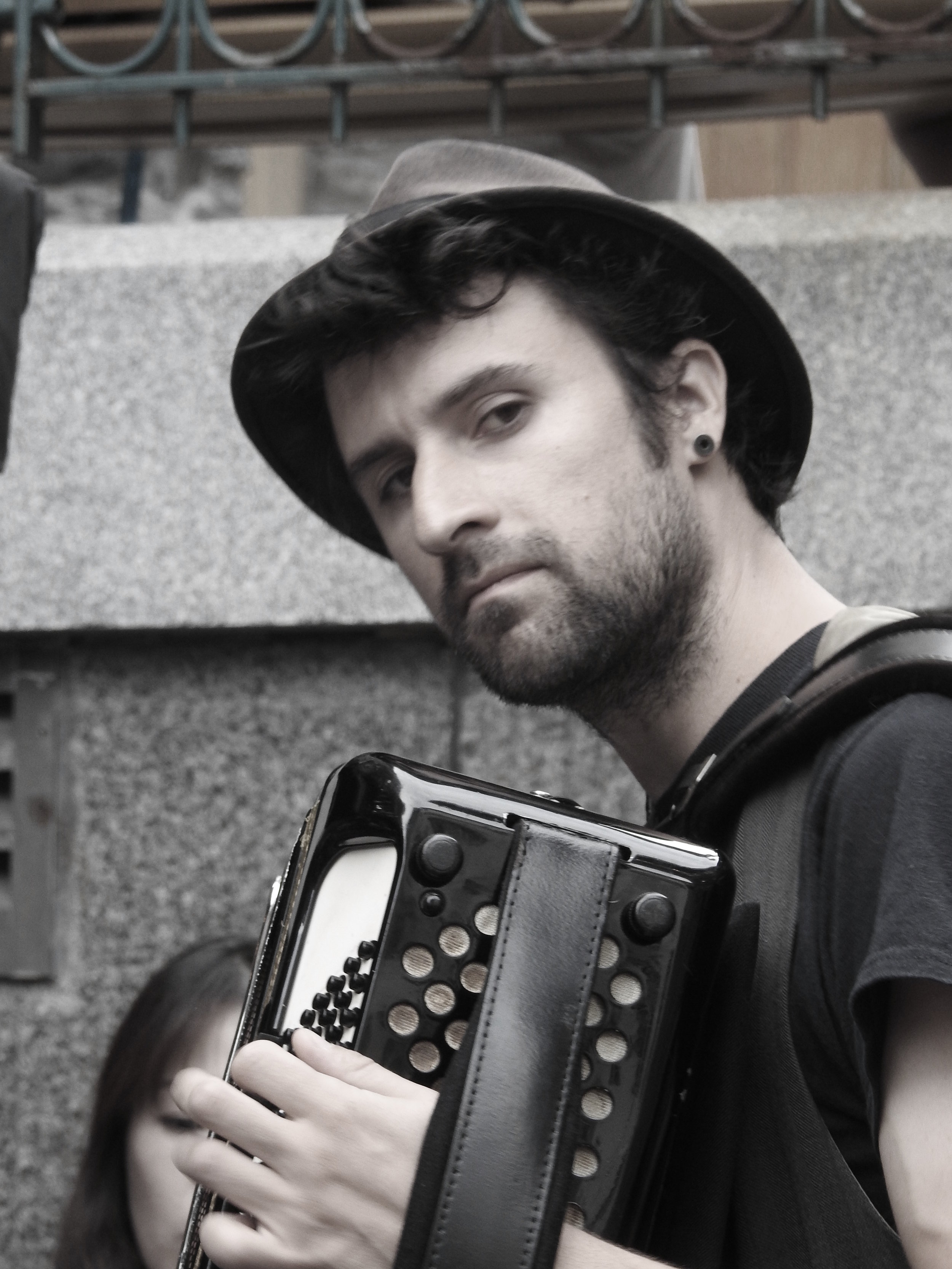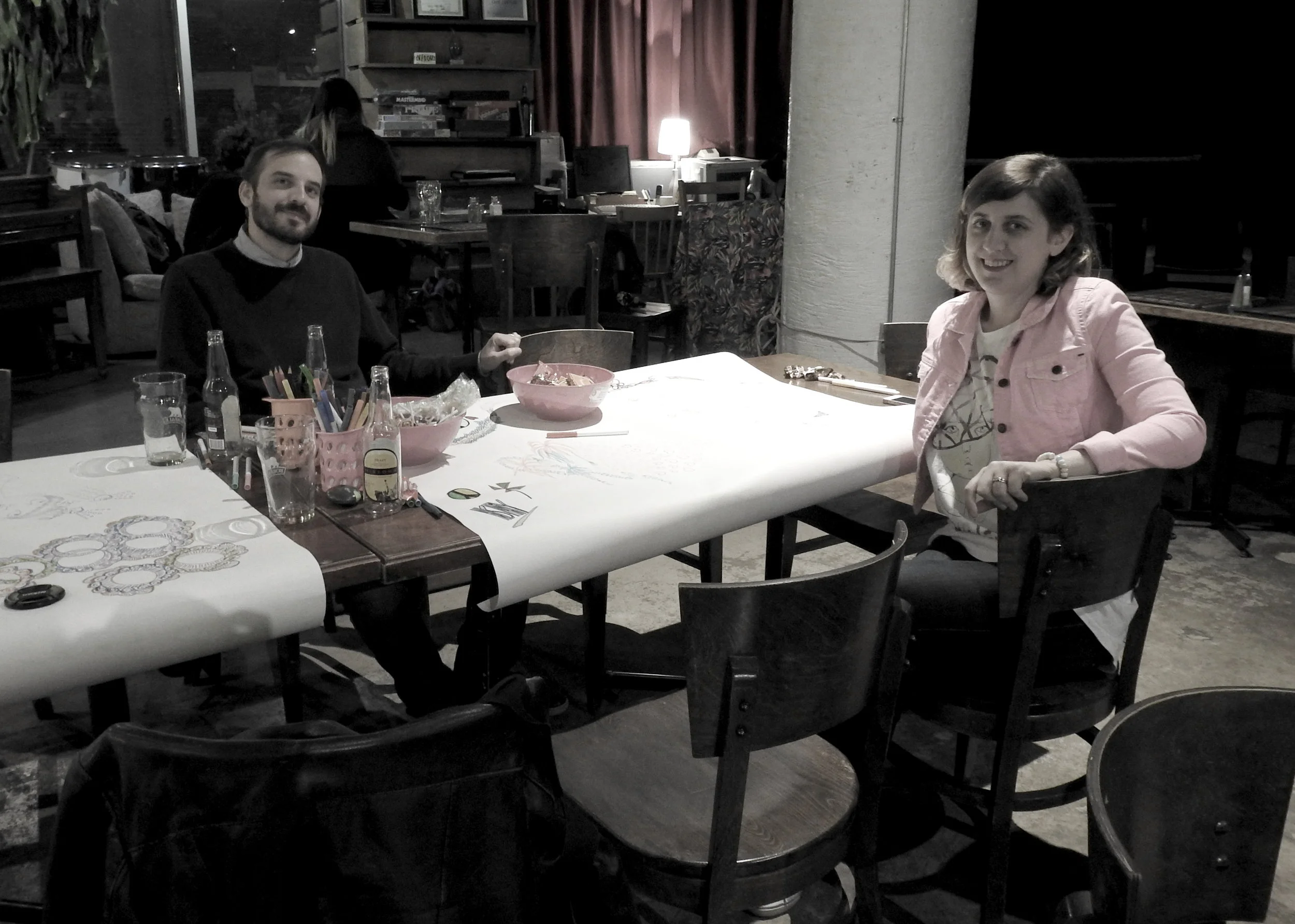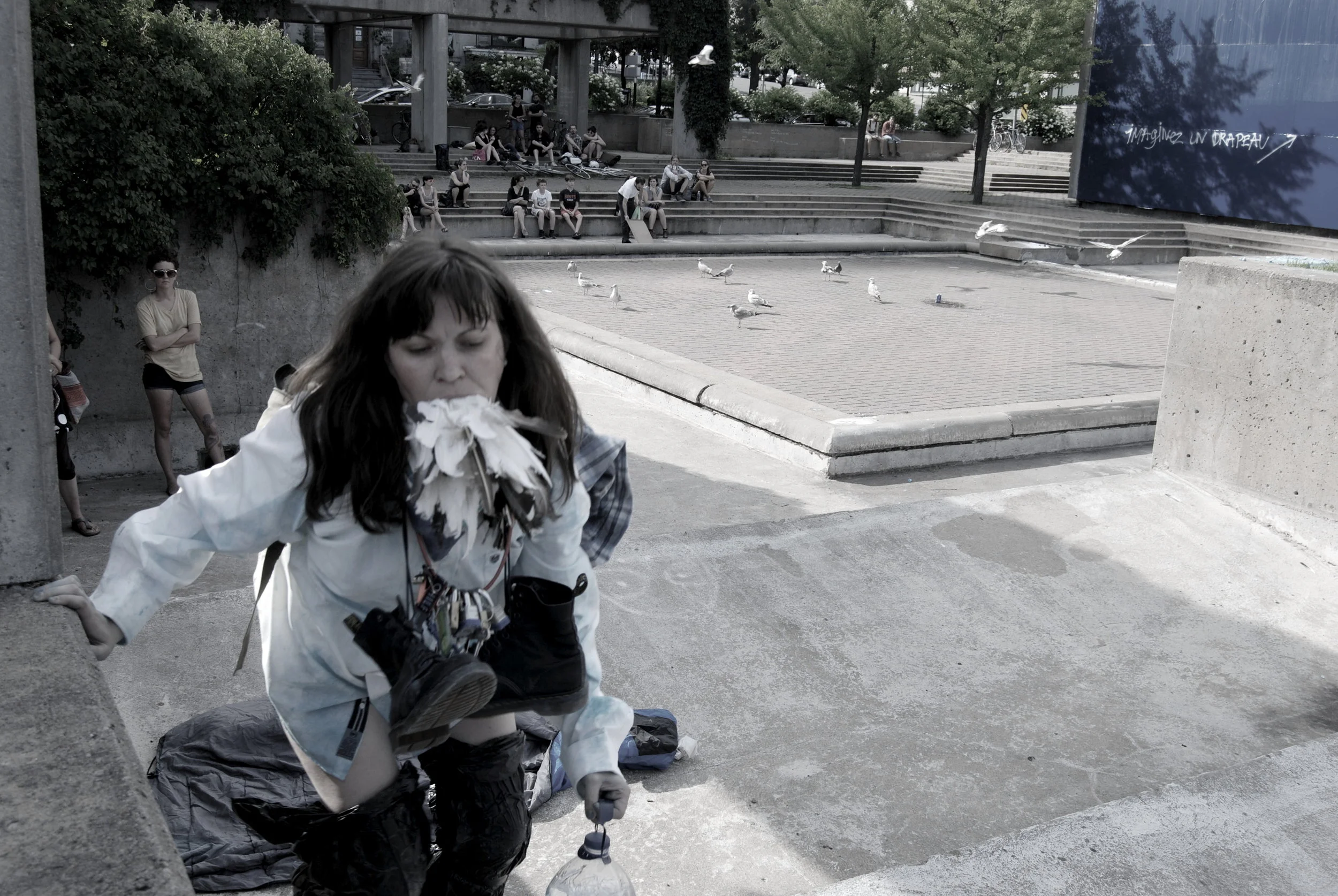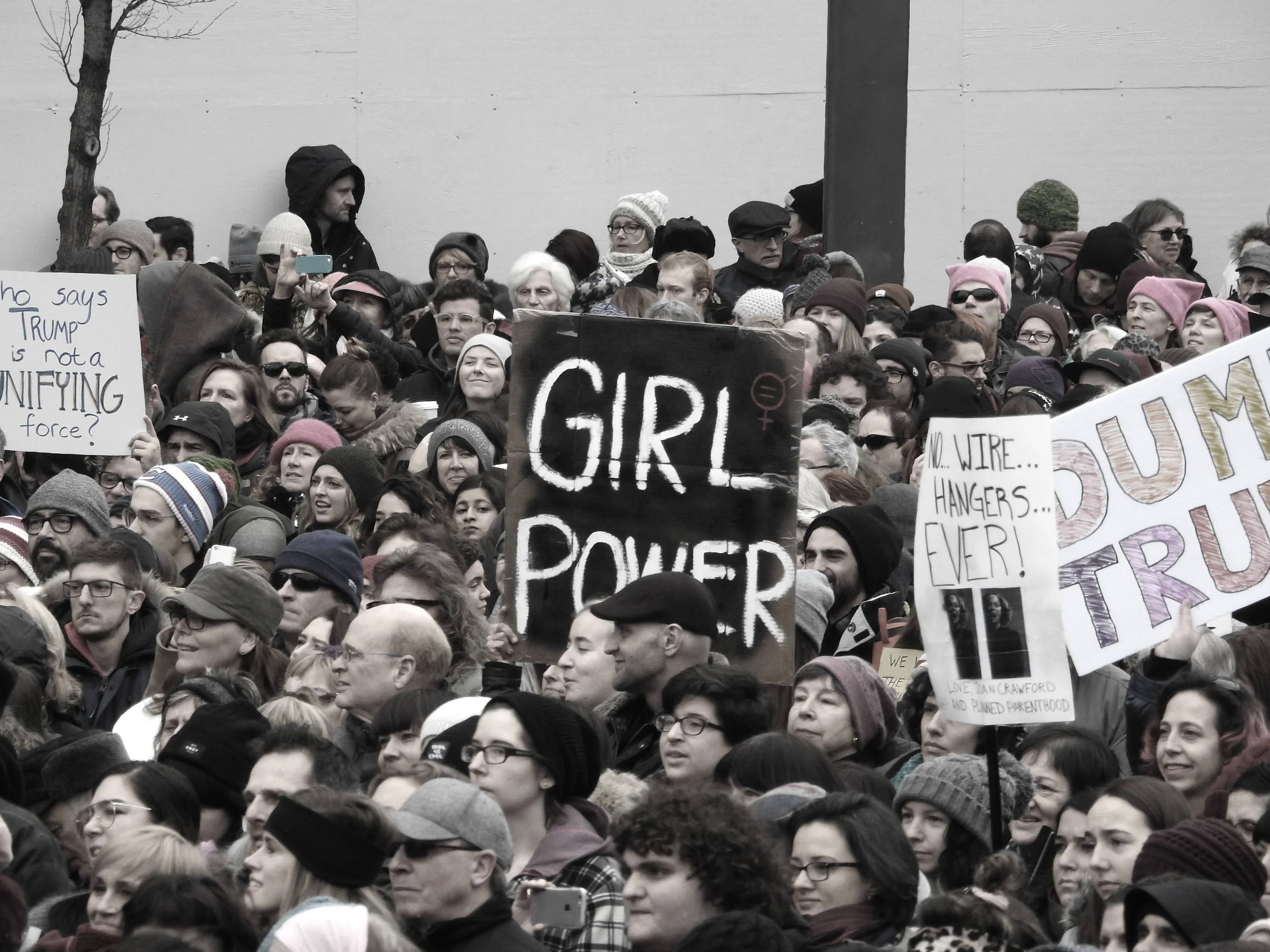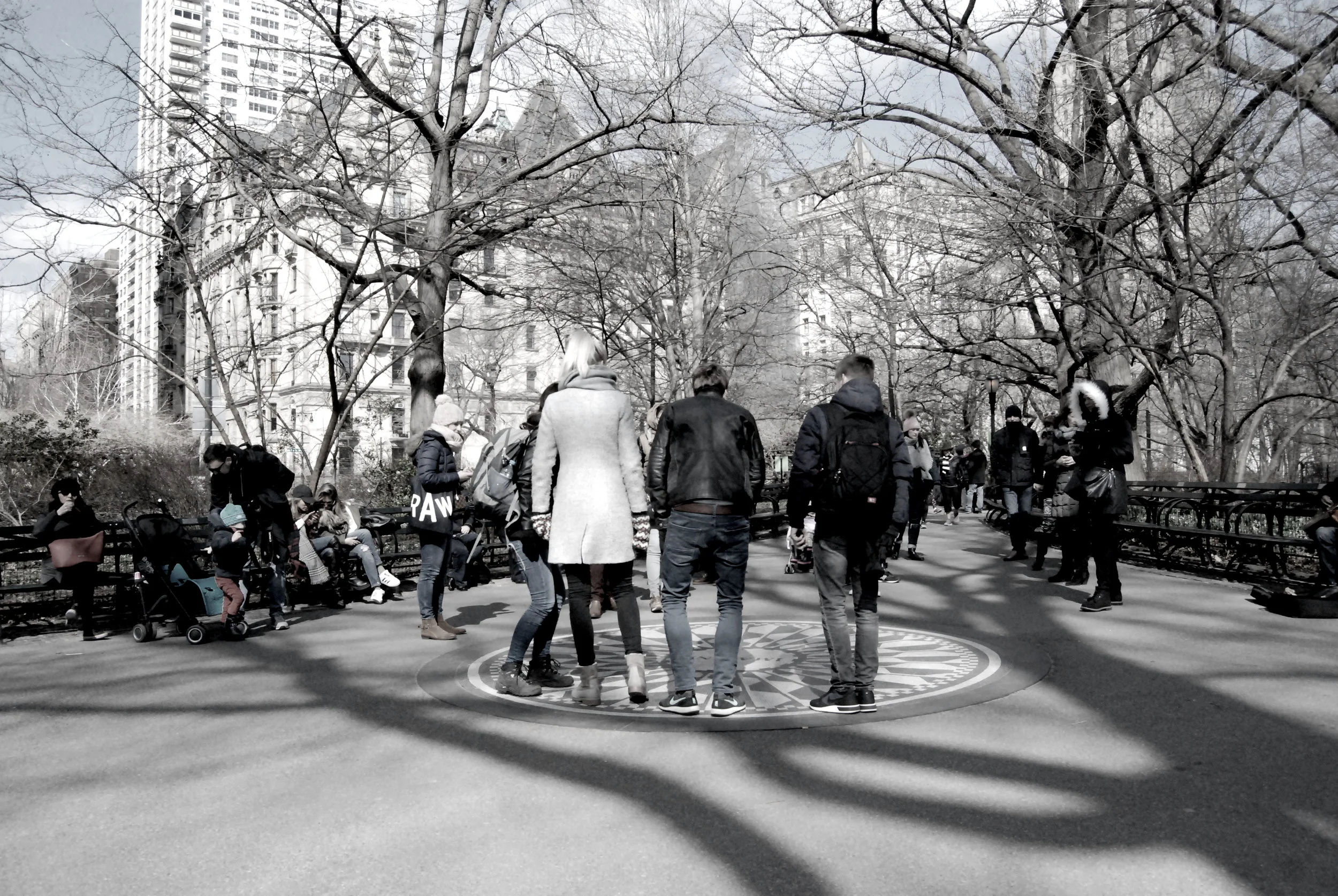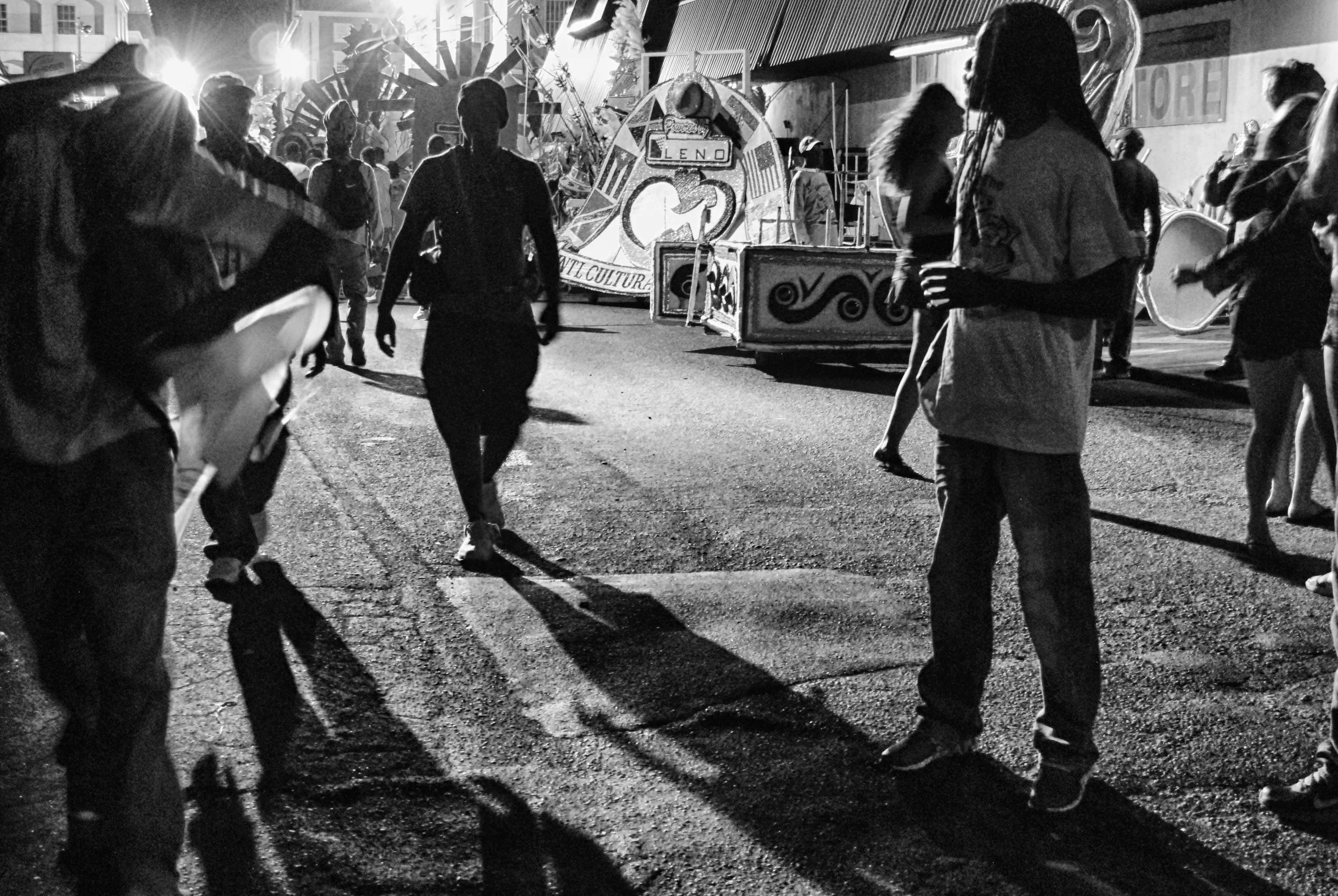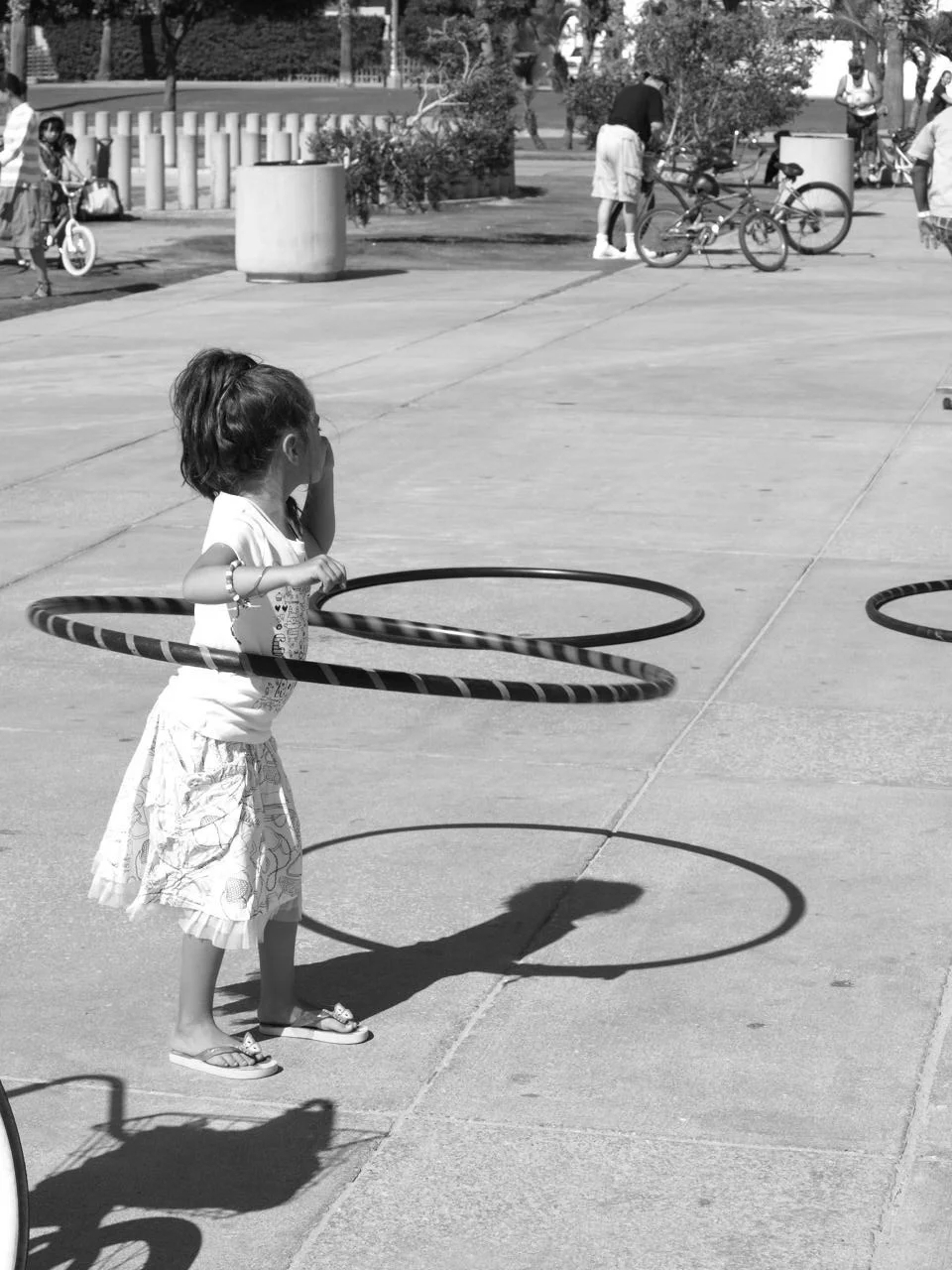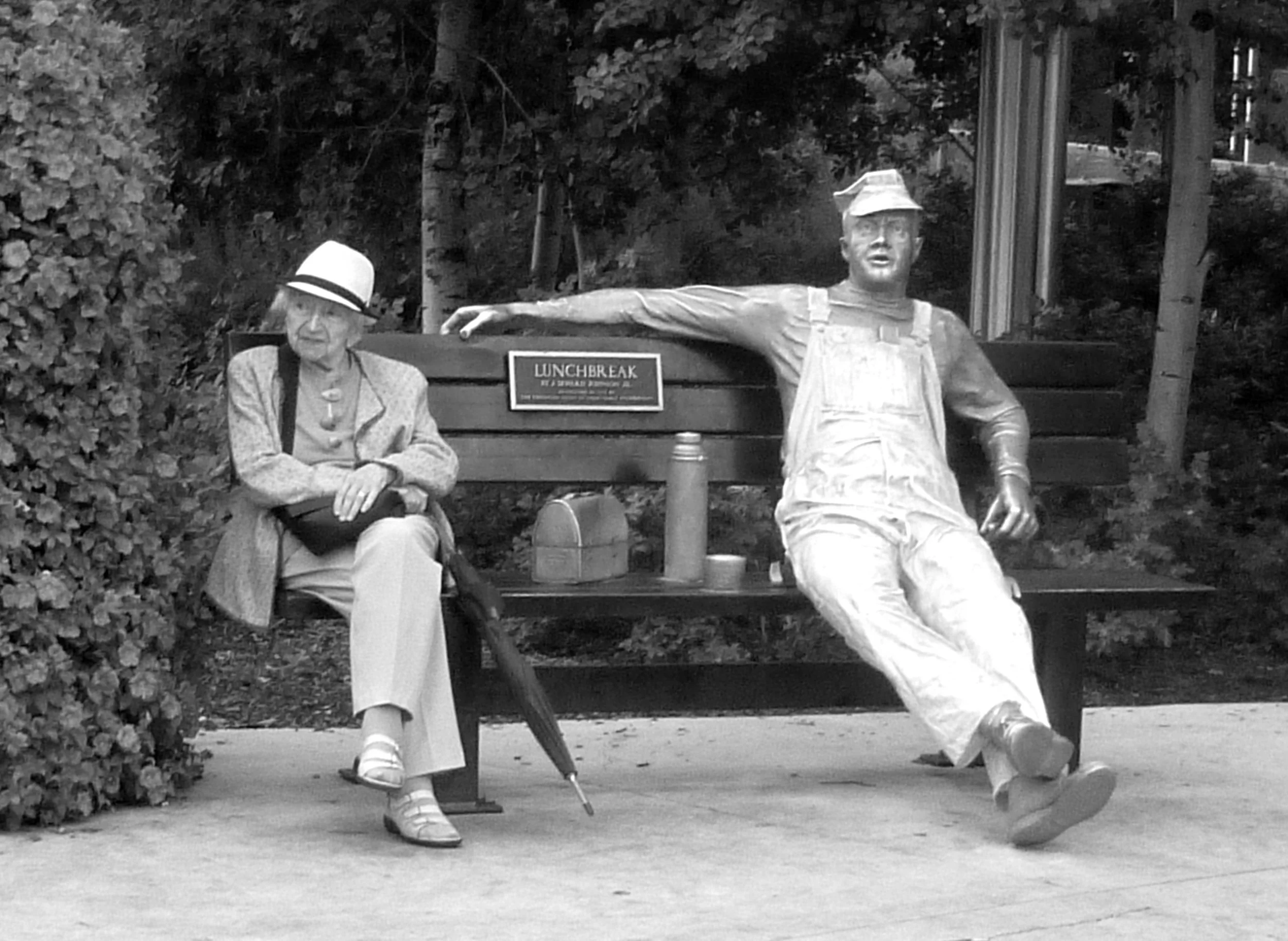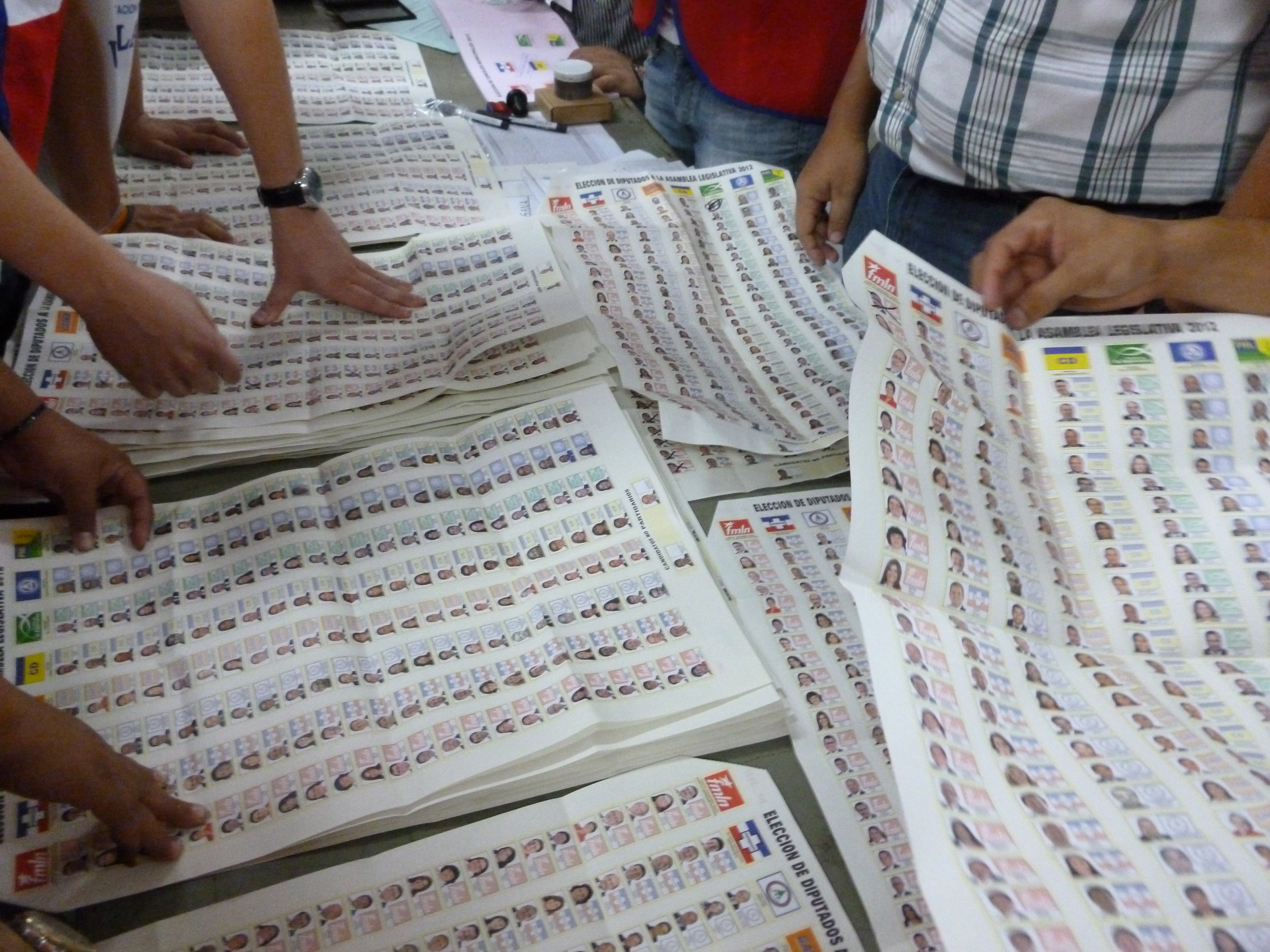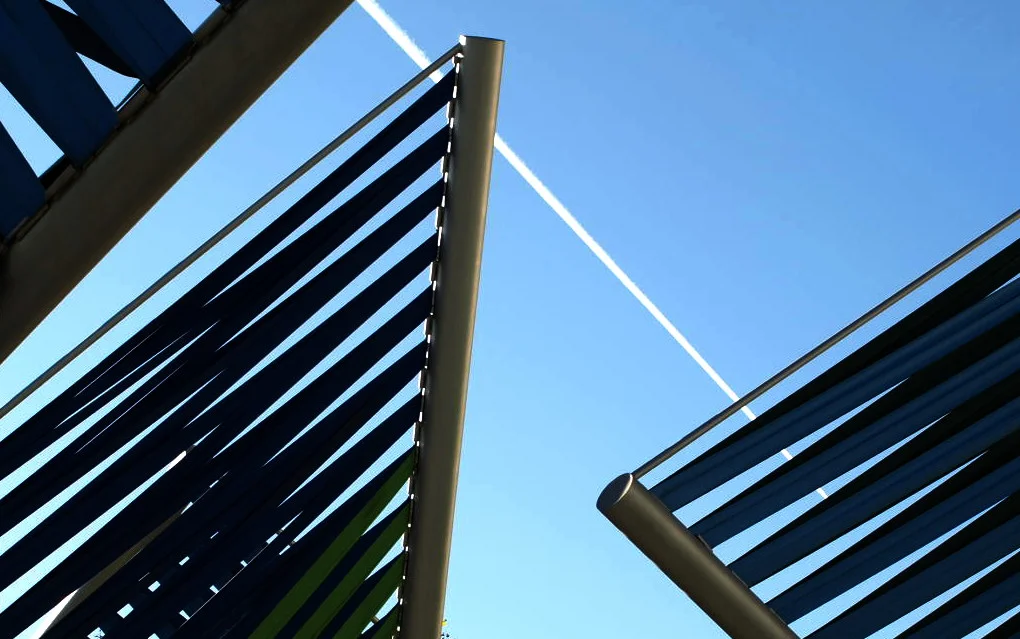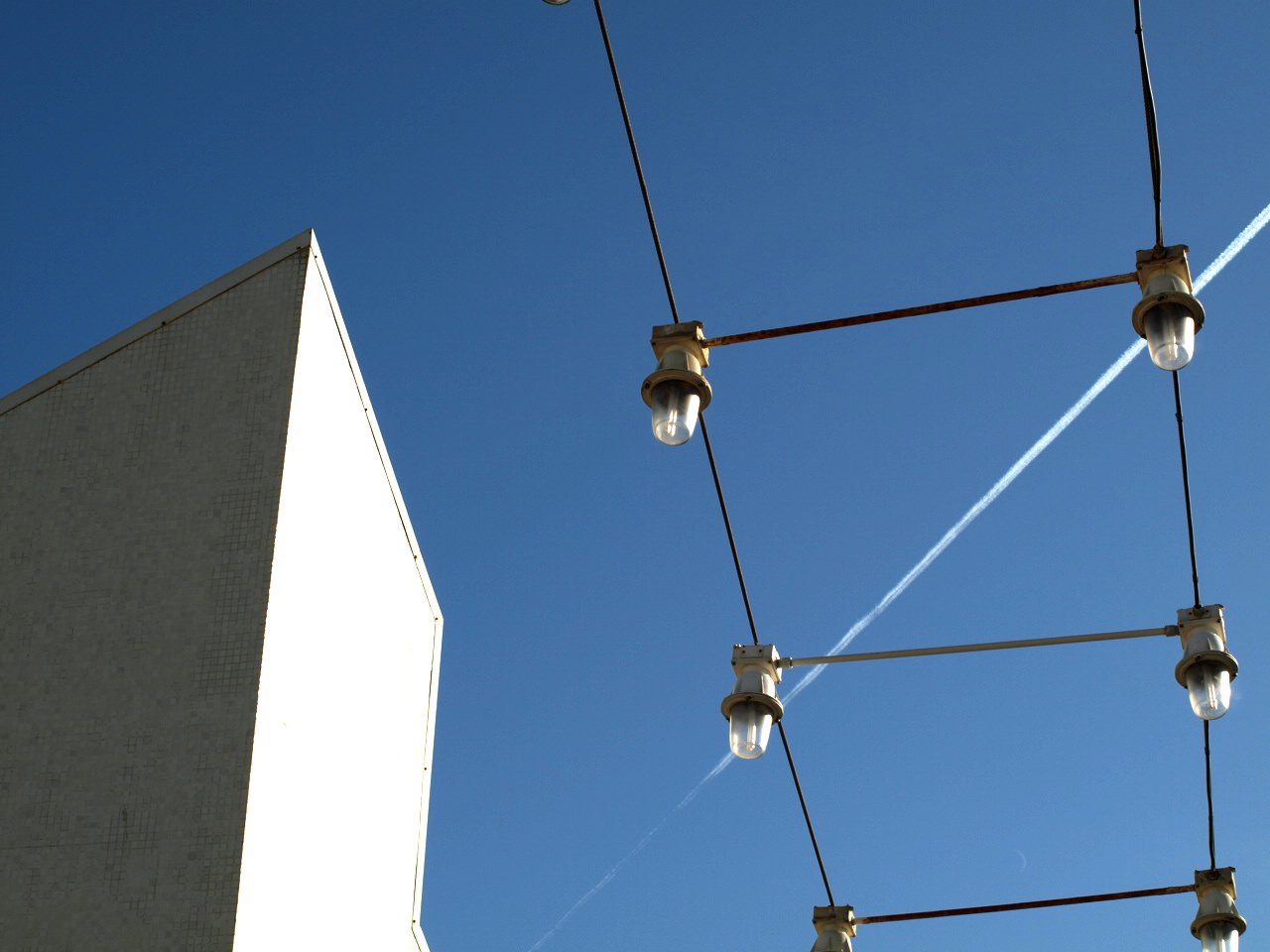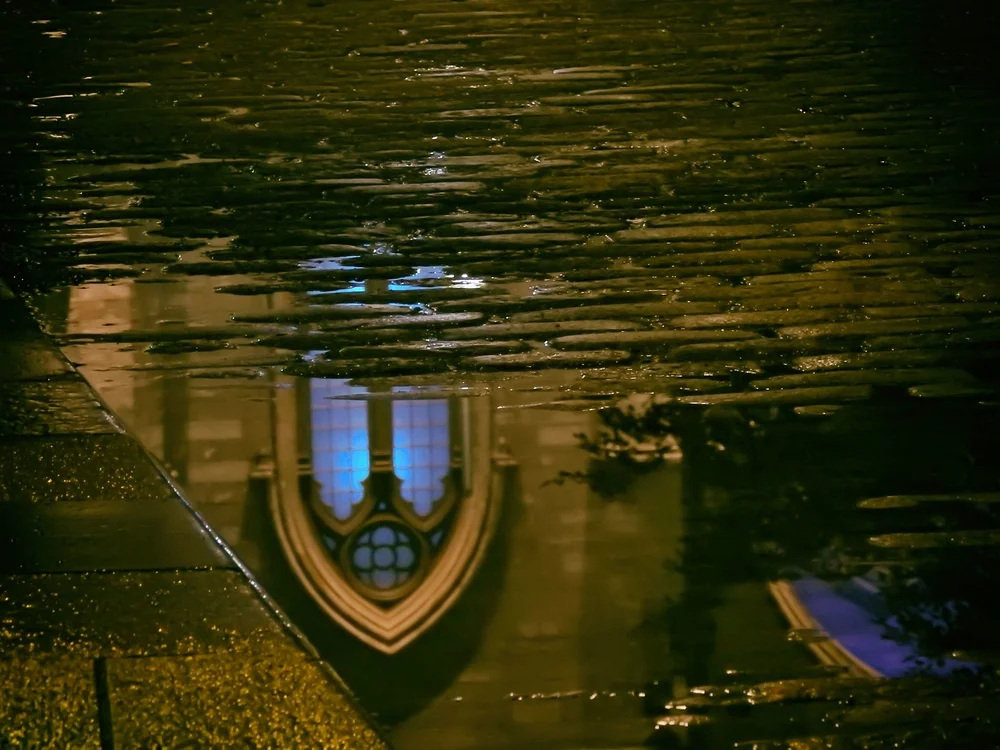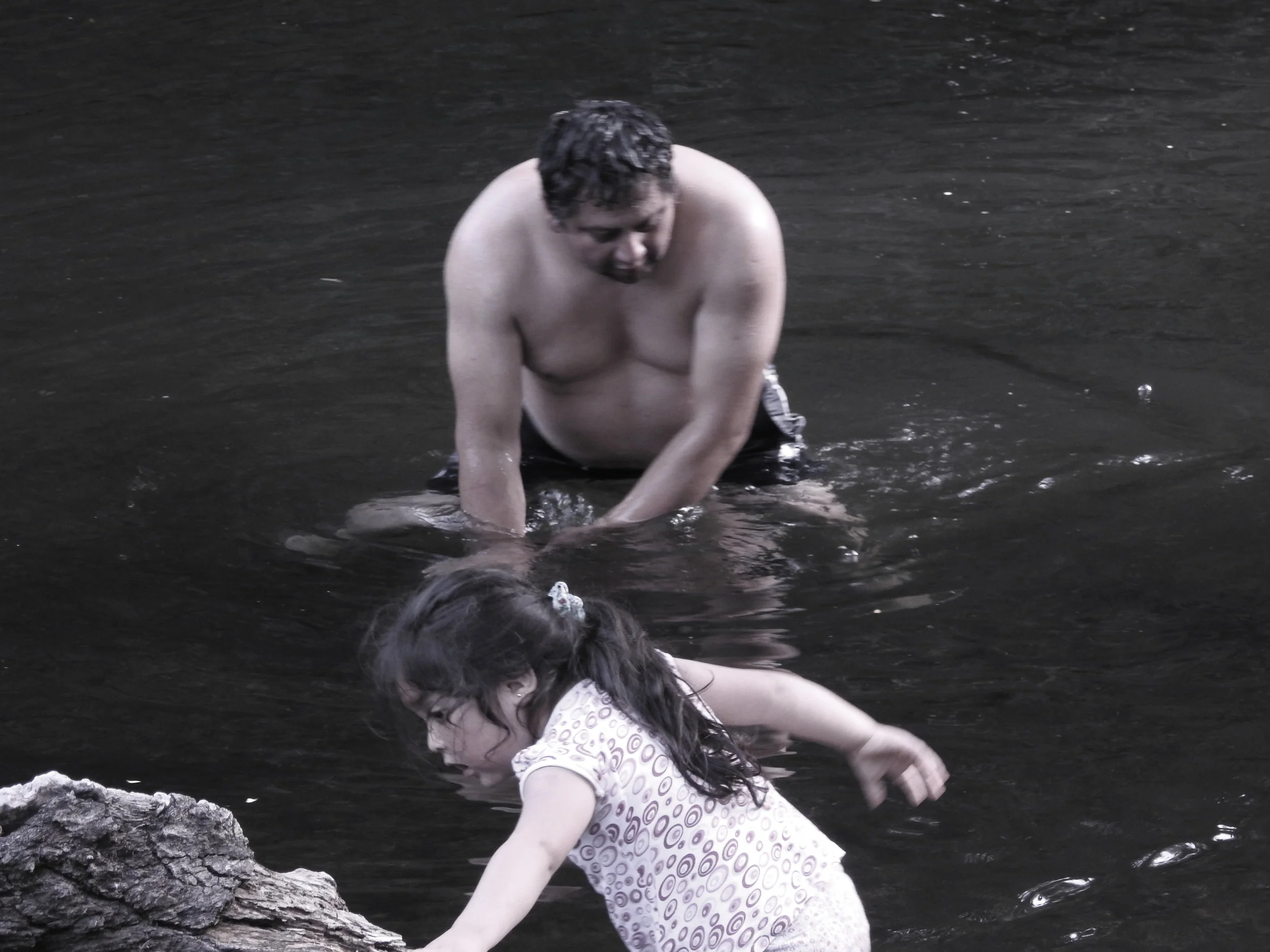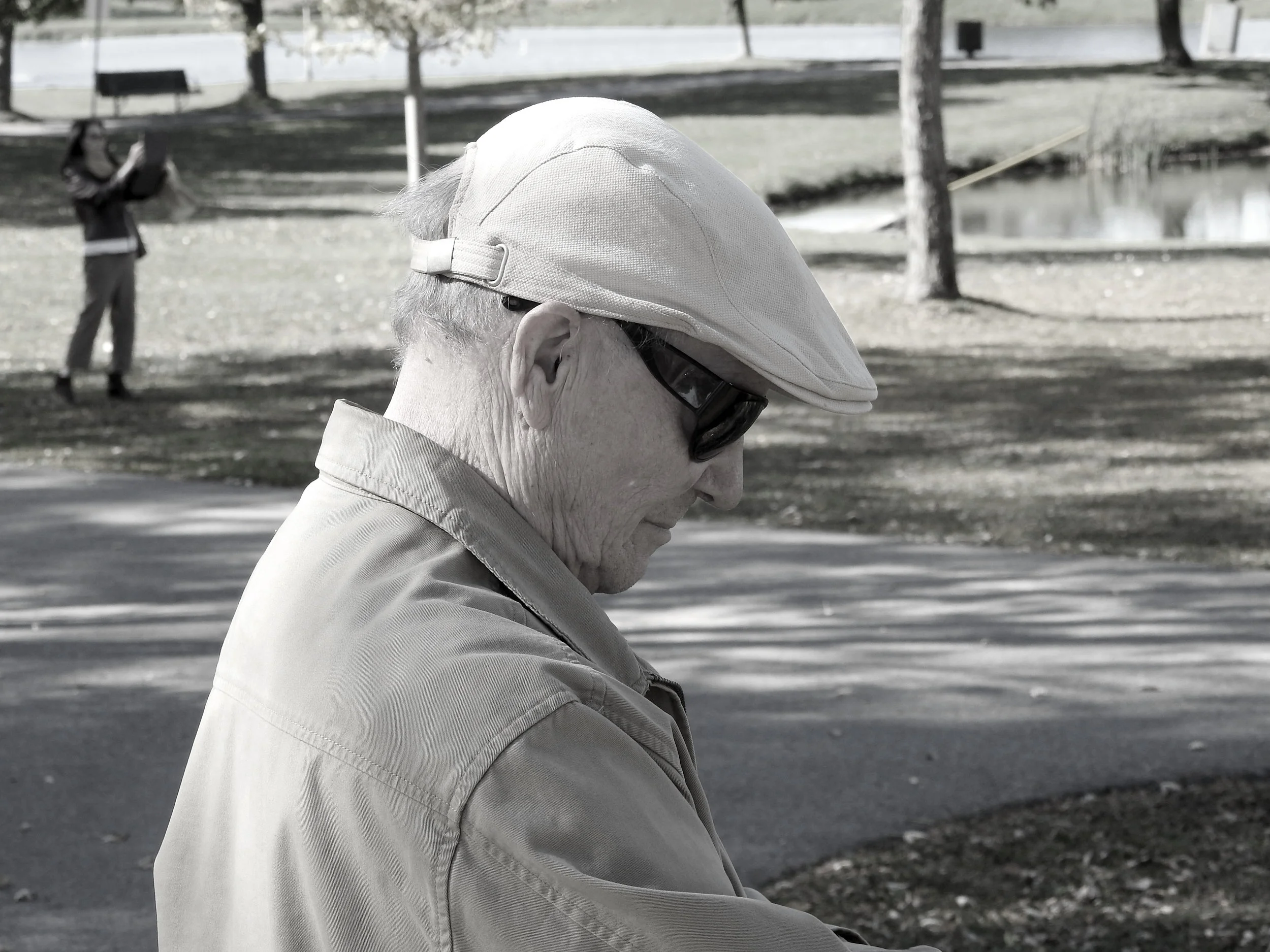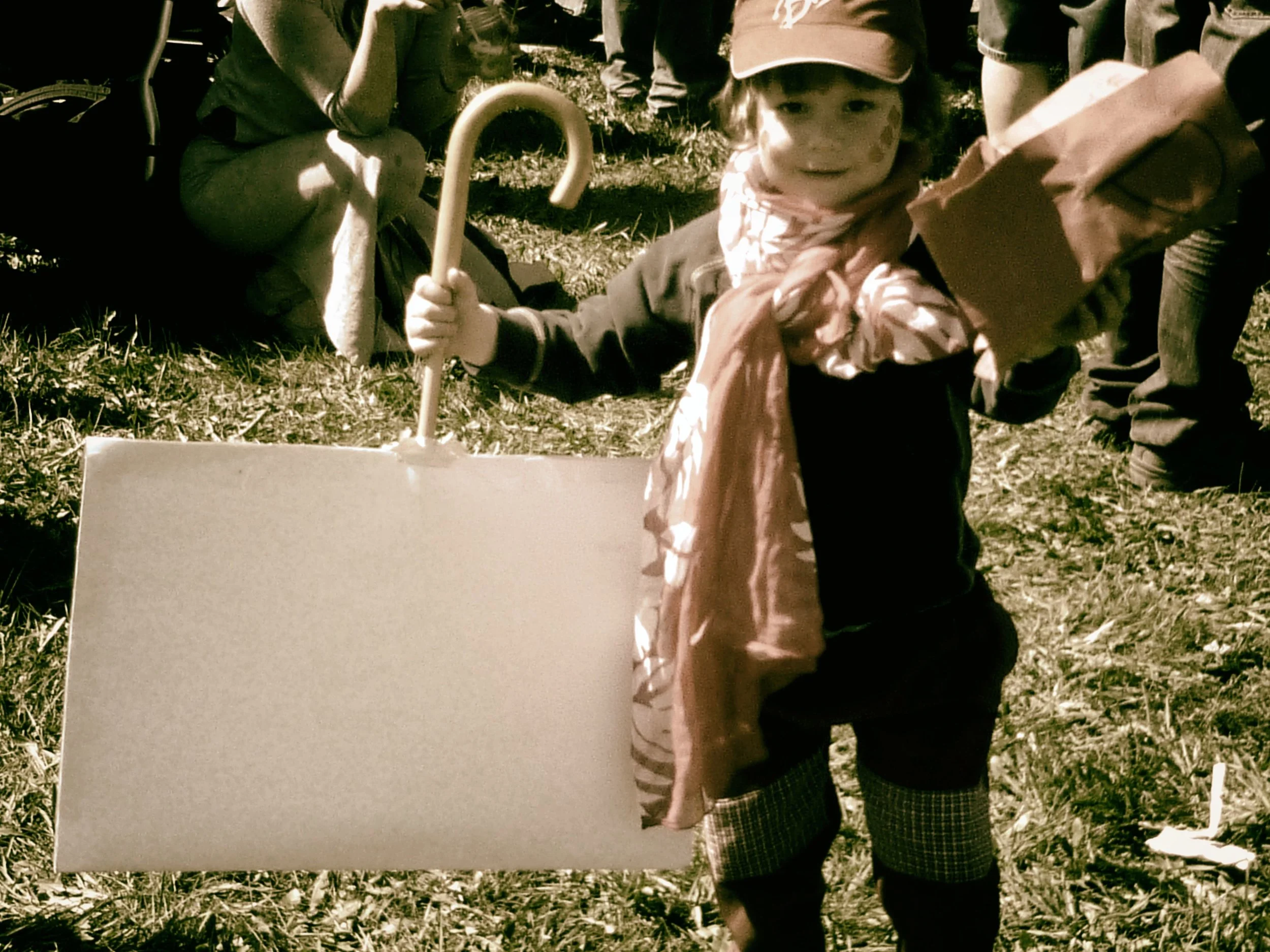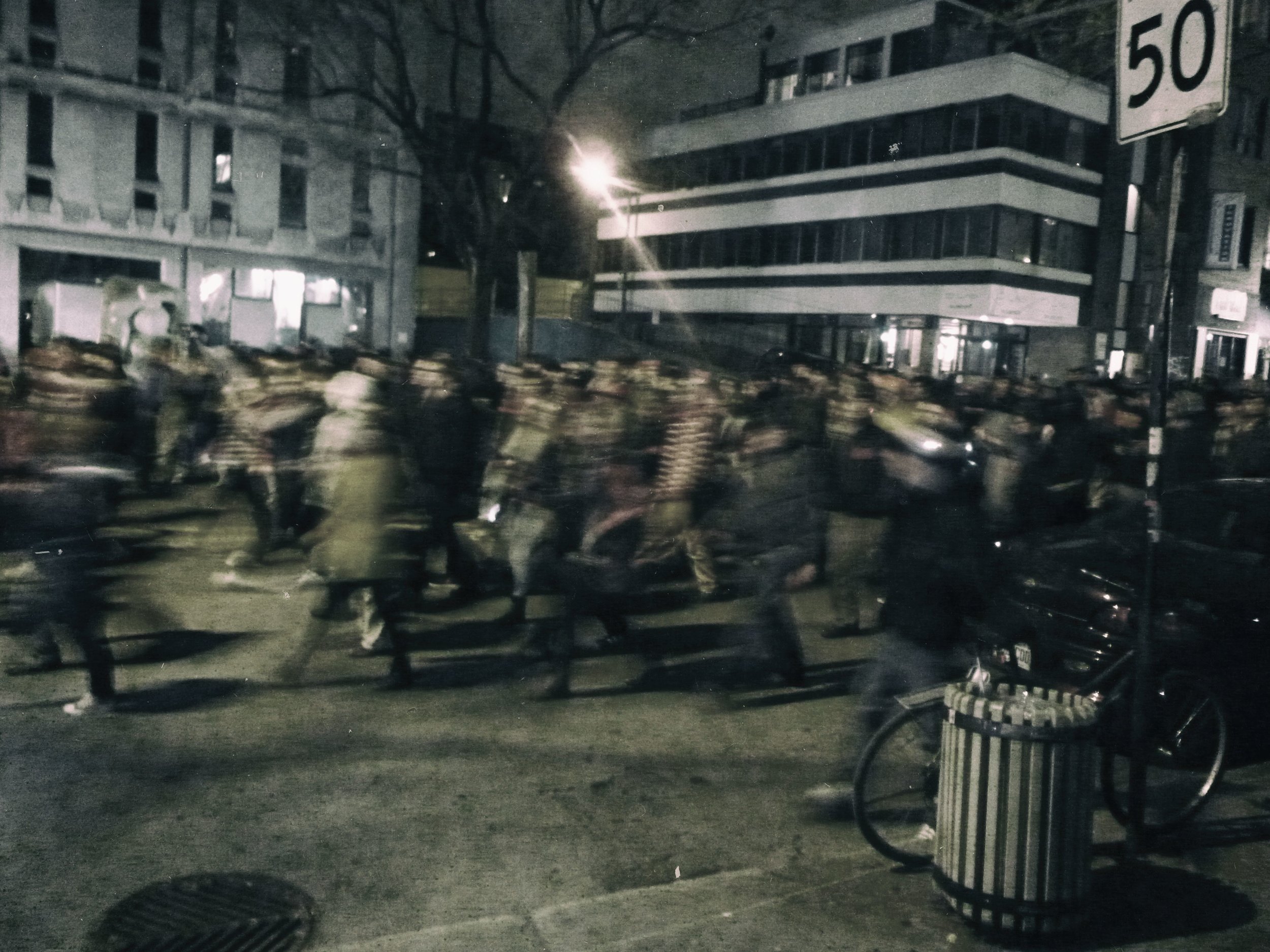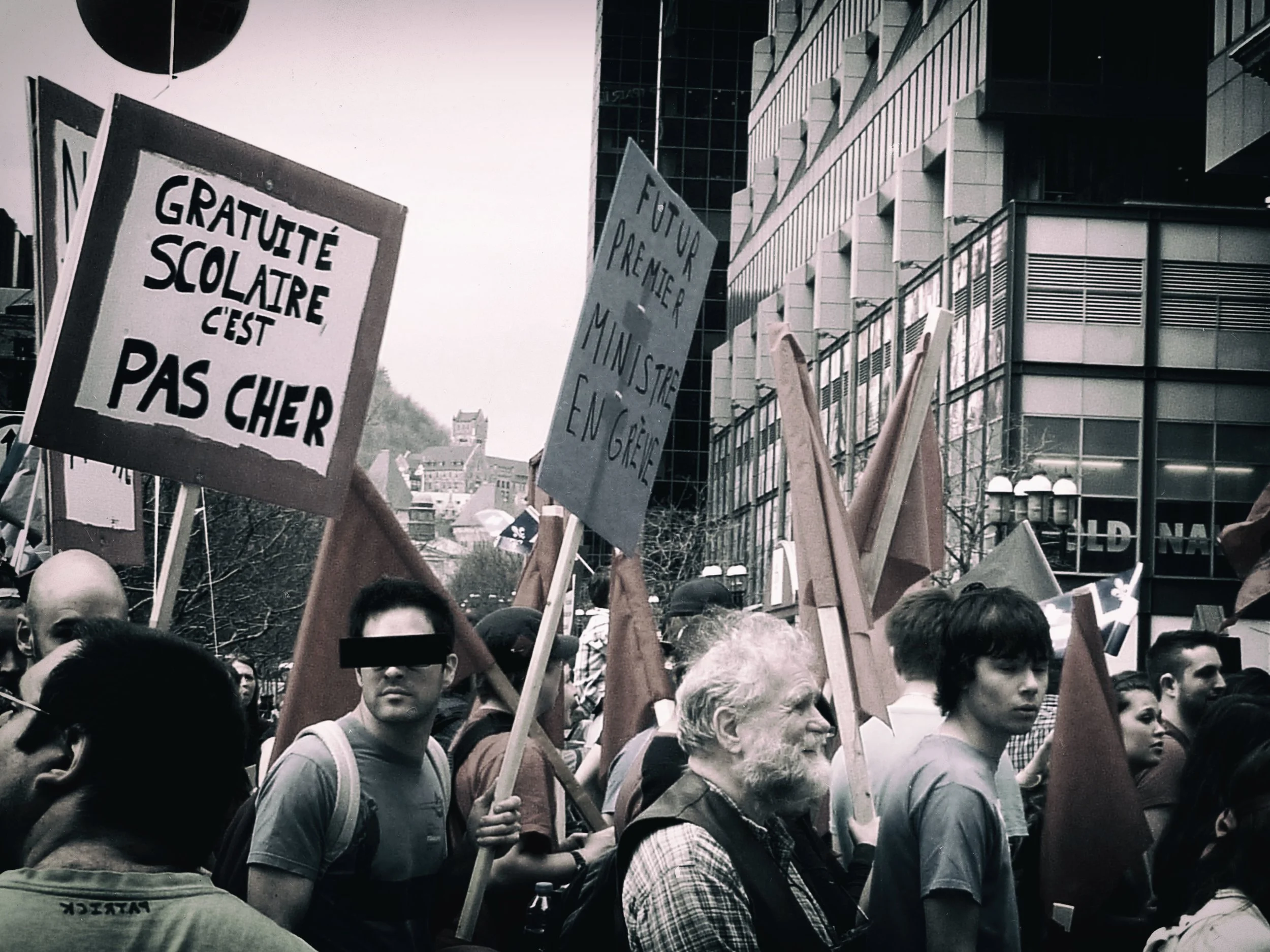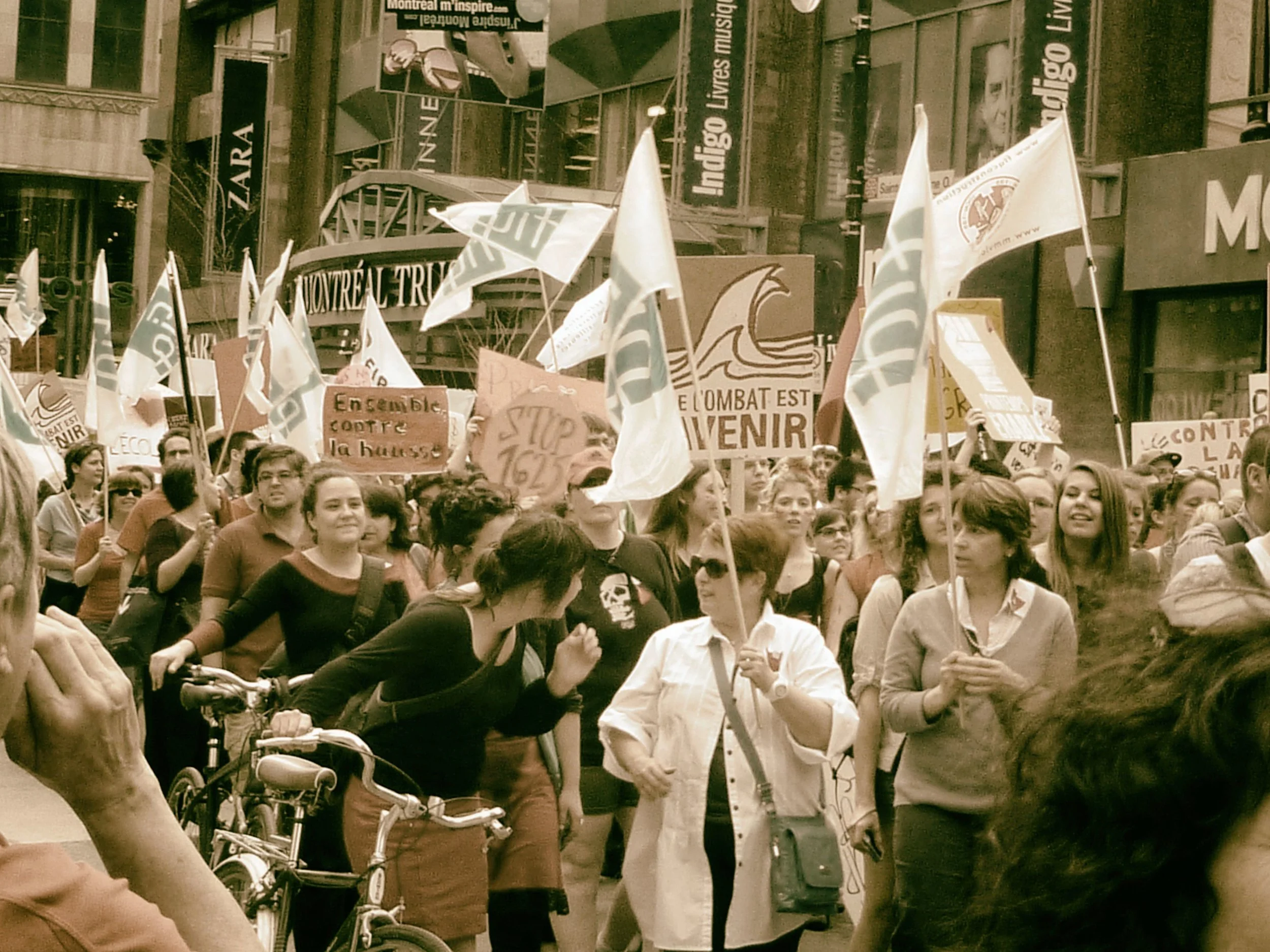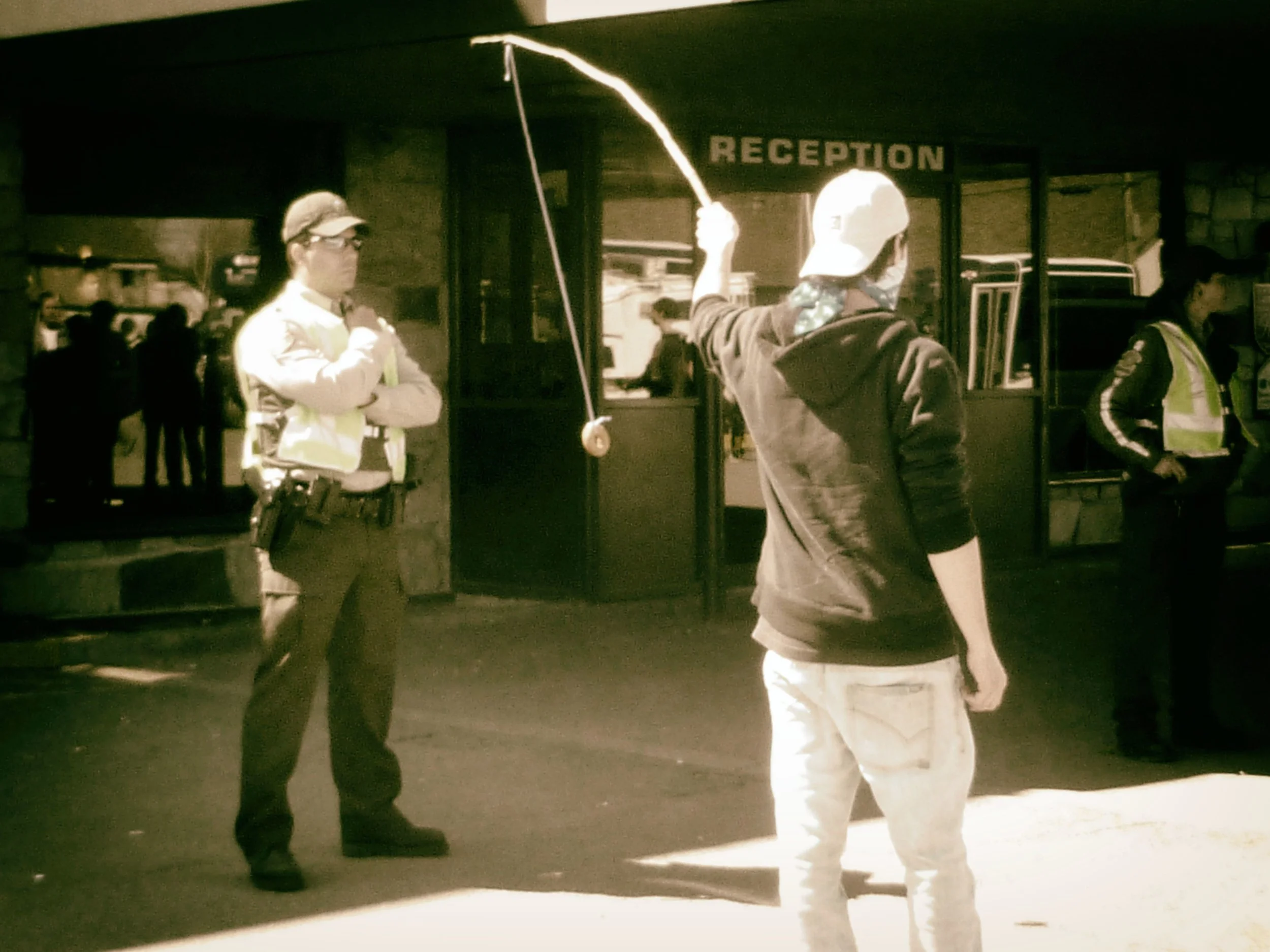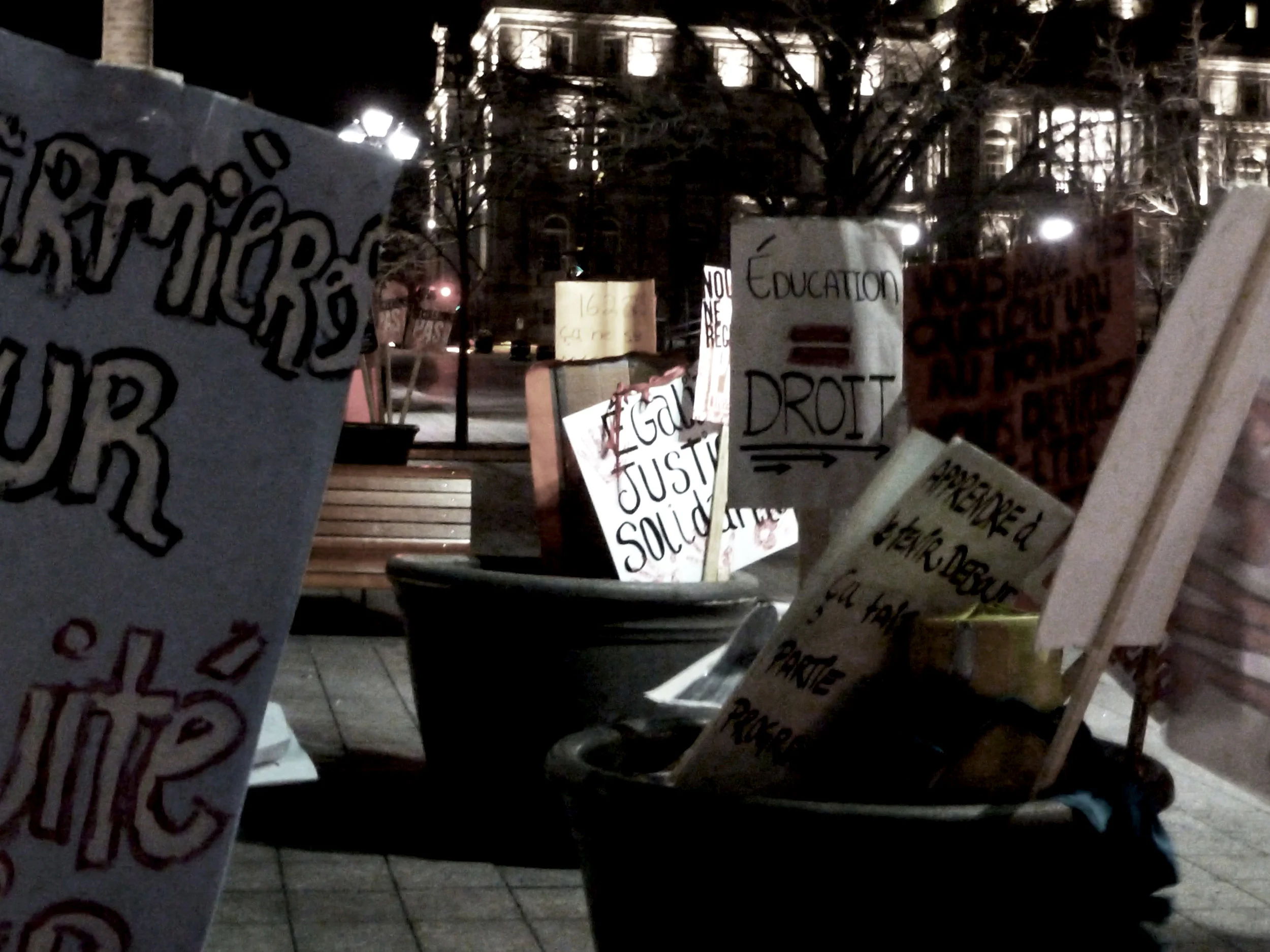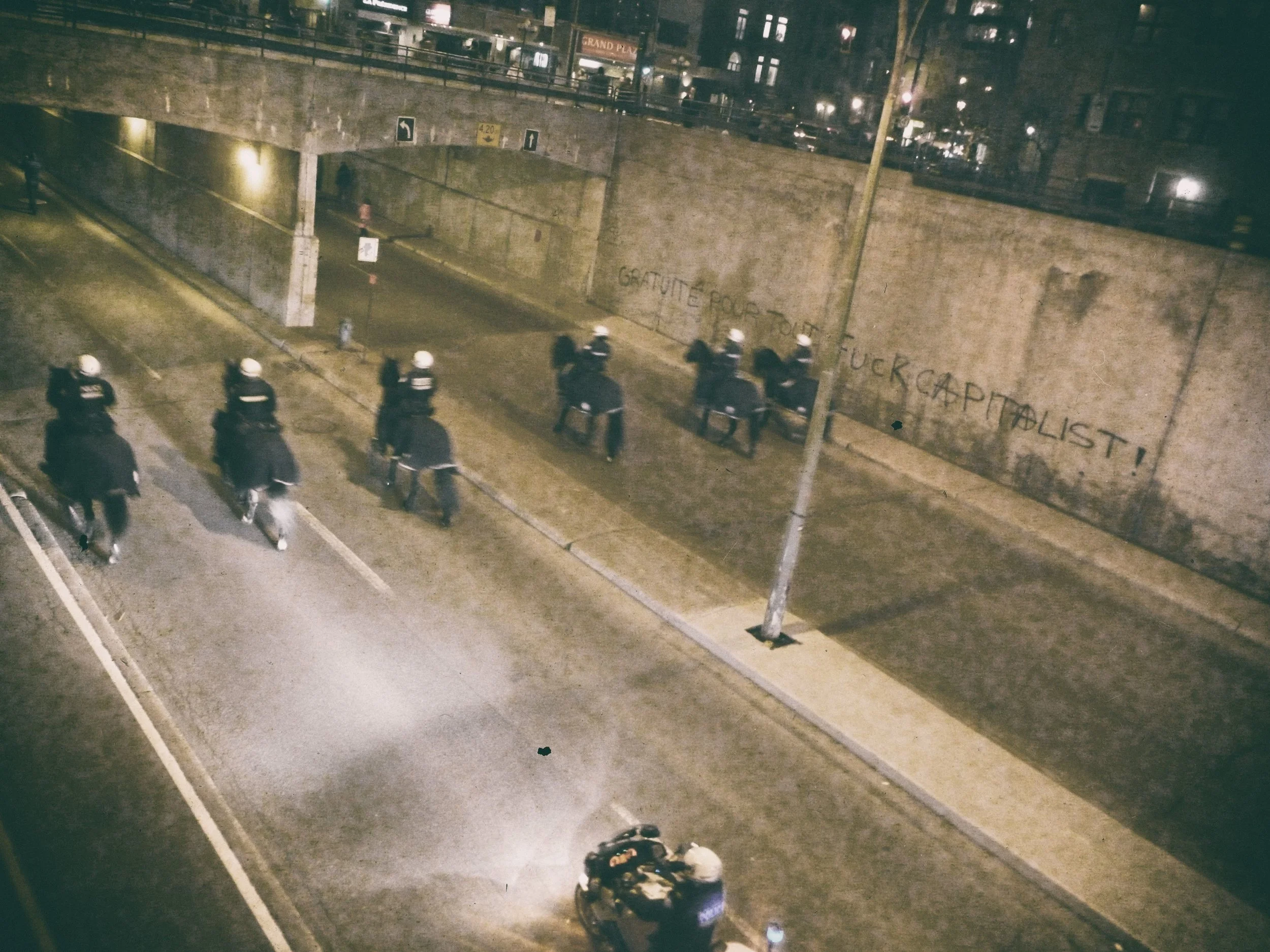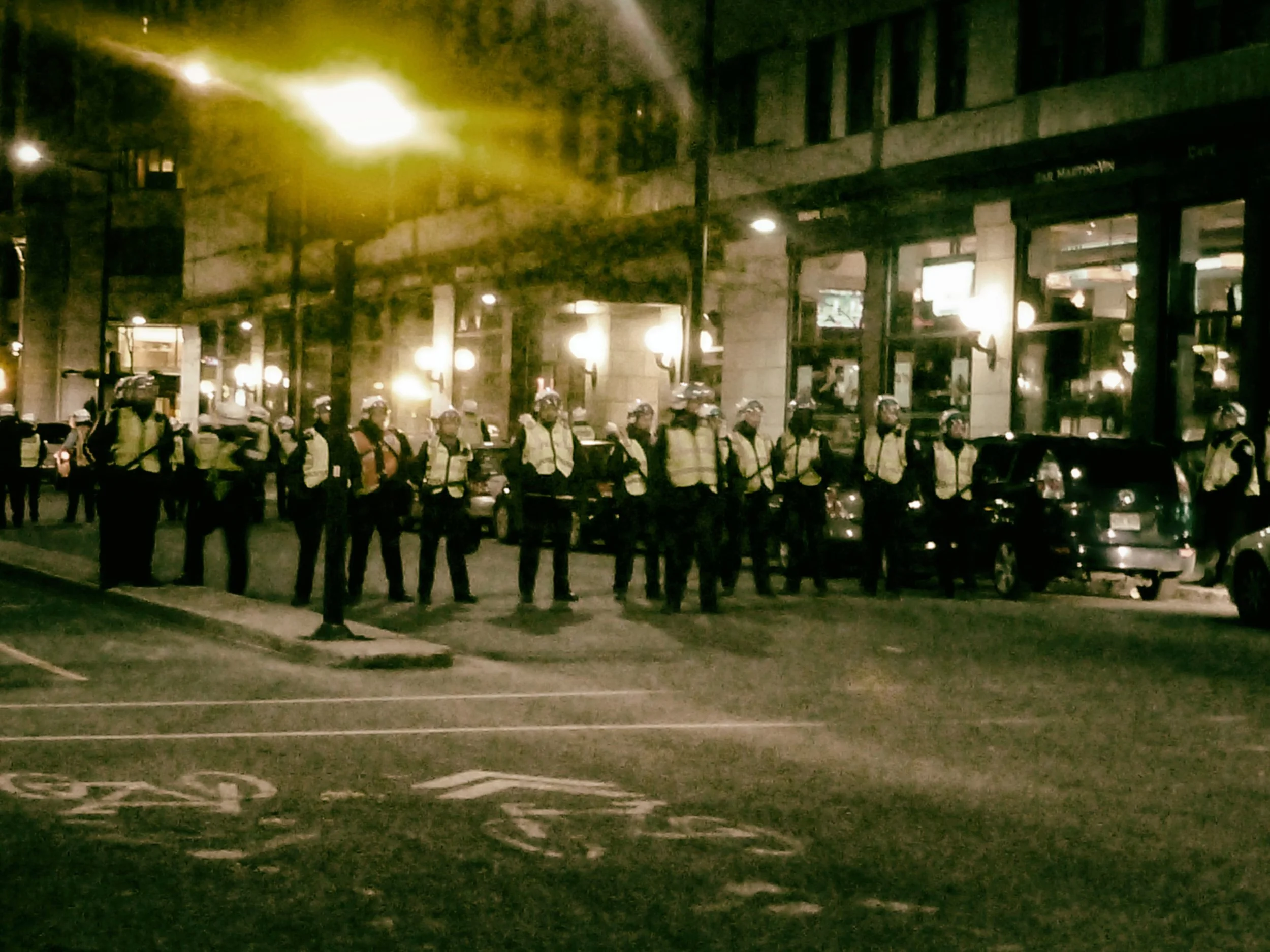Whispers of War: Monument National, Montréal, commemorating civilians killed in the drone wars (août, 2016)
The intention of this performance is to provoke a thought process for viewers on politics, war and power dynamics that reside outside the realm of the newscast and to contribute to the preservation of historical memory.
I have documented the wars with a similar desire and compulsion as the people who follow the subject of war right into the battlefield: as a defense against national amnesia. I instantaneously understood the shift our world had taken after 9-11 – this shifting of the fulcrum toward pre-emption.
The piece lends a feminist criticality to the current circumstances, in the hope of arriving at a future without war, as recalled by Coco Fusco (introduction to A Field guide for Female Interrogators).
In this performance, using the experimental theatre methods of Ana Borralho and Joao Galante, I draw upon the luminous poetry of Parveen Shakir, Nadia Anjuman and Omer Tarin, combine it with testimonies of prisoners, civilians and veterans in today’s war economy, reportage and commentary on the wearing away of rights under the prodigious weight of over-reaching new legislation, the unabashed disregard for human suffering in the face of evident financial gains. This piece outlines the ways in which international treaties and national laws have been circumvented and twisted to render the state and its Orwellian sponsors in a dangerous new set of power games.
To create this work I researched how power is exercised, for whom and by whom, as well as who benefits from the realpolitik of perpetual war. My process is in the reworking of contemporary cultural history into objects or situations that provoke, perhaps at a visceral level, or even more within philosophical problematizing of what is quickly becoming a normalization of war and summary executions in the contemporary world of American foreign policy. This piece was created in partial fulfillment of an MFA in Visual Arts at the Vermont College of Fine Arts in Montpelier, Vermont and reinterpreted for the World Social Forum, at the Monument National (Montreal)
-
Je suis née à Saint-Jean-sur-Richelieu, au sud de Montréal et y vit toujours, mais plus pour très longtemps. J'ai étudié au Cégep du Vieux Montréal en Histoire et Civilisation et Arts et Lettre profil Langues avant de prendre une année « off » pour partir voyager. Après m'être promenée un peu en Europe, Asie et Australie je suis revenue à Montréal et j'étudie présentement les Relations internationales et le Doit international à l'Université du Québec à Montréal. Le projet Whispers of War m'a été présenté par Judith et je l'ai tout de suite trouvé intéressant. L'impact humain des guerres est souvent sous estimé et je trouve que la performance artistique est un moyen étonnant de rejoindre les gens et de passer un message qui me touche de prêt et de loin dans mon domaine d'étude. - E. Dumas, Étudiante
In a manner similar to Leon Golub, Ehrin Tool, Joseph De Lappe, Mel Chin or Coco Fusco, I revisit and visit again the themes of war, patriarchy, media disinformation and vested interests. These themes are at the heart of the most serious challenges that we humans face as a species. Our survival and that of many other species hangs in the balance as we pay to hurry along the annihilation of people and planet for profit.
This exhibit aims to draw attention to the controversial covert drone program. Many corporate media outlets have devolved into propagandists whose narratives serve their own interests. One such narrative is that the drone war is “targeted” and “accurate”, killing only militants – as if summary execution was just a normal, everyday occurrence. “Philip Alston, the former UN special rapporteur on extrajudicial, summary, or arbitrary executions, condemns the U.S. claims of self-defence as overly expansive, stating that "if other states were to claim the broad-based authority that the United States does, to kill people anywhere, anytime, the result would be chaos." “[1]
When the viewer enters the exhibition space, there will be four large-scale paintings: two finished paintings will be suspended and two unfinished paintings will need to hang away from the wall to accommodate the performance actions. The sound-piece that accompanies the paintings is composed of recorded readings of different kinds of texts: the poetry of the Pakistani poets, Parvin Shakir and Kishwar Naheed, the testimonials of drone attack survivors as well as US military personnel who have come forward to denounce the drone wars. The voices are mixed together in a masala of poetic reportage. When the live art action is not taking place, the sound-piece will be running on a loop.
The performance will consist of voice and gestures taken to the complete the two unfinished paintings. While the art action is taking place, viewers can move freely through the space and are invited commemorate the lives lost by reading the names of drone strike victims. The actions consist of adhering bullet casings and stars to the surfaces of the unfinished paintings while reciting the known names and the numbers of people killed in each of the hundreds of drone attacks in Waziristan, Pakistan since 2004.
The intention is to create an opening into a dark world, a world few of us care to enter or learn about, a space in which the unknown becomes named, and obliterated lives are commemorated. The texture and scale of the paintings recall ancient caves, or perhaps the resources for which we dig deep into the ground, and for which we are willing to sacrifice so many lives. Gold, copper and silver leaf shimmers among the specks of carbon, yellow ochre and cadmium, which have been ground into the rough, motor oil –treated and gesso-ed surfaces. The light shifts across the surfaces, glinting here and there as the viewer passes through the space. Like walking in a mine.
The surfaces of the paintings also recall a topography, a reference to the oligarchs’ concern with land (real estate) and sub-soil ownership rights, as well as the measures they are willing to take to secure them.
[1] Masters, Jonathan, Deputy Editor, Targeted Killings, Center For Foreign Relations, 2013. Websource: http://www.cfr.org/counterterrorism/targeted-killings/p9627
Shooting the Stars out of the Sky, VCFA graduation exhibit, Montpelier Vermont (July 2016)
Kultrun de Paz: Workshop on Cultural Appropriation, Universisdad Austral De Chile, Valdivia, Chile, in collaboration with Native Immigrant (December 2015)
Marquer les Esprits (collaboration avec Christine Brault, Sarabeth Trevino, Johanne Chagnon, Inti Naxhielii Barrios Hernandez) au Centre de Culture Frontenac (août 2015) Commemorating missing and murdered Indigenous Women.
http://www.erudit.org/culture/inter1068986/inter02349/80415ac.html?vue=resume&mode=restriction
Myriam's Dress, Spoken Word at Café Artère, Montréal, in collaboration with Native Immigrant (December 2014)
At The Woods' Edge: Condolence Ceremony with Native Immigrant and members of the Mohawk community of Kahnawake. (June 2014)
Lament for Mother Earth, Just Watch Me, Leonard and Bina Ellen Gallery, Concordia University (September 2014)
We Own This: fictional scenes of torture perpetrated in the name of a borderless war, Vermont College of Fine Arts, Montpelier. (February 2015)
100 jours en 1, in collaboration with Origamilitantisme, Philip's Square Park, Montréal. (October 2013)
Pacifest, in collaboration with Origamilitantisme, in Peace Park, Montreal (September 2013)
Montreal Municipal Court decision on Loi P6, public intervention in collaboration with Origamilitantisme (photo credit MADOC) (April 2013)
Kultrun de la Paix, in collaboration with Native Immigrant at the Centre Culturel Ashukan, Vieux Montréal (June 2015)














